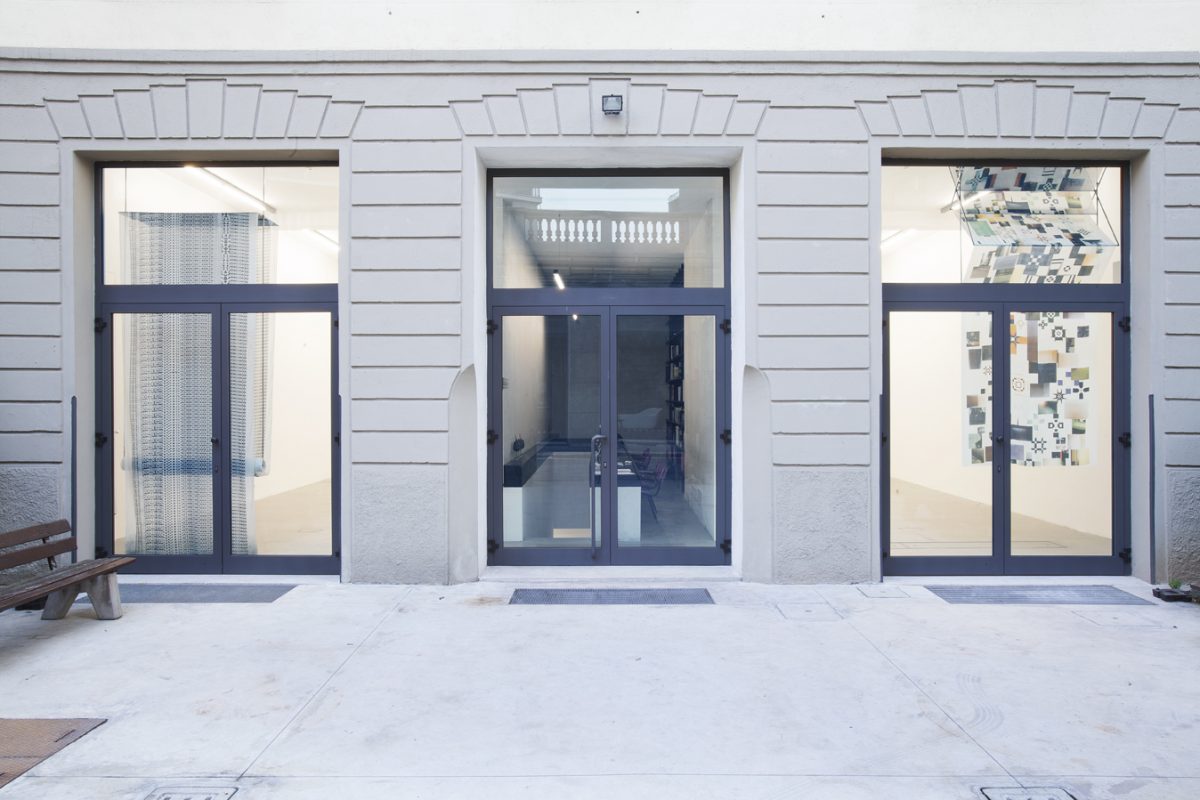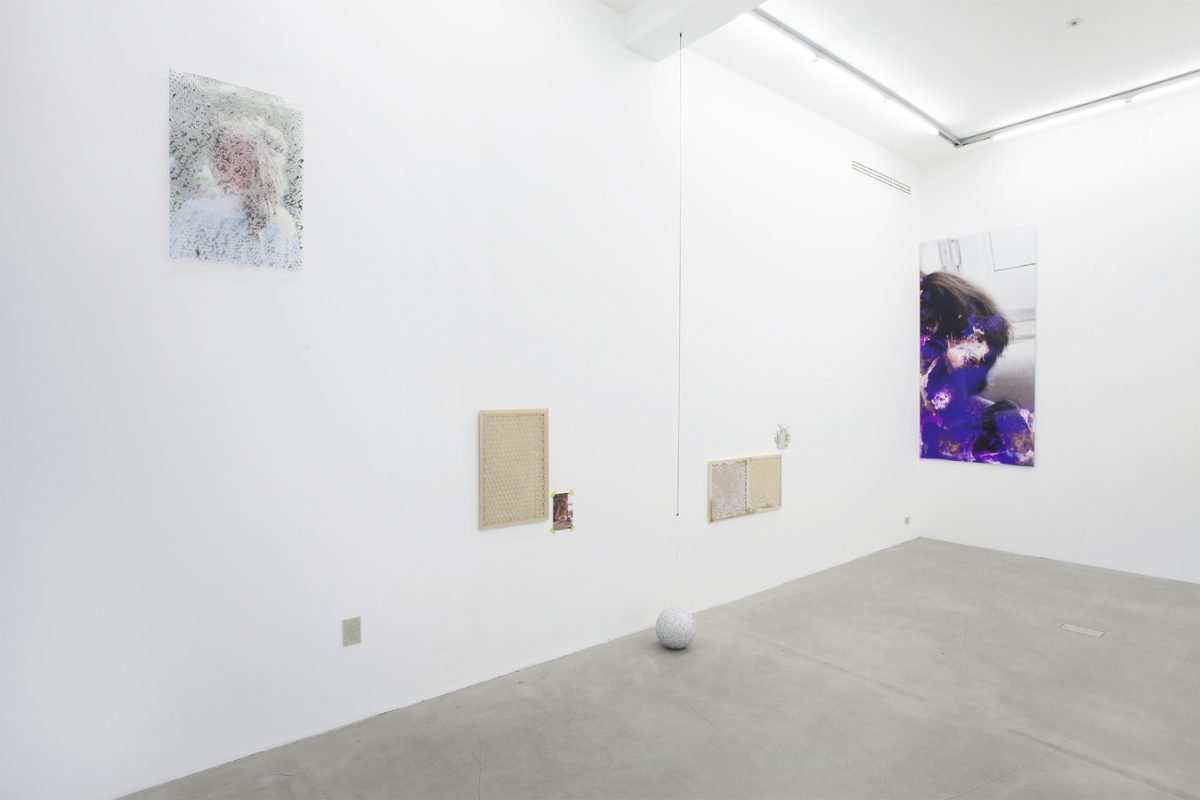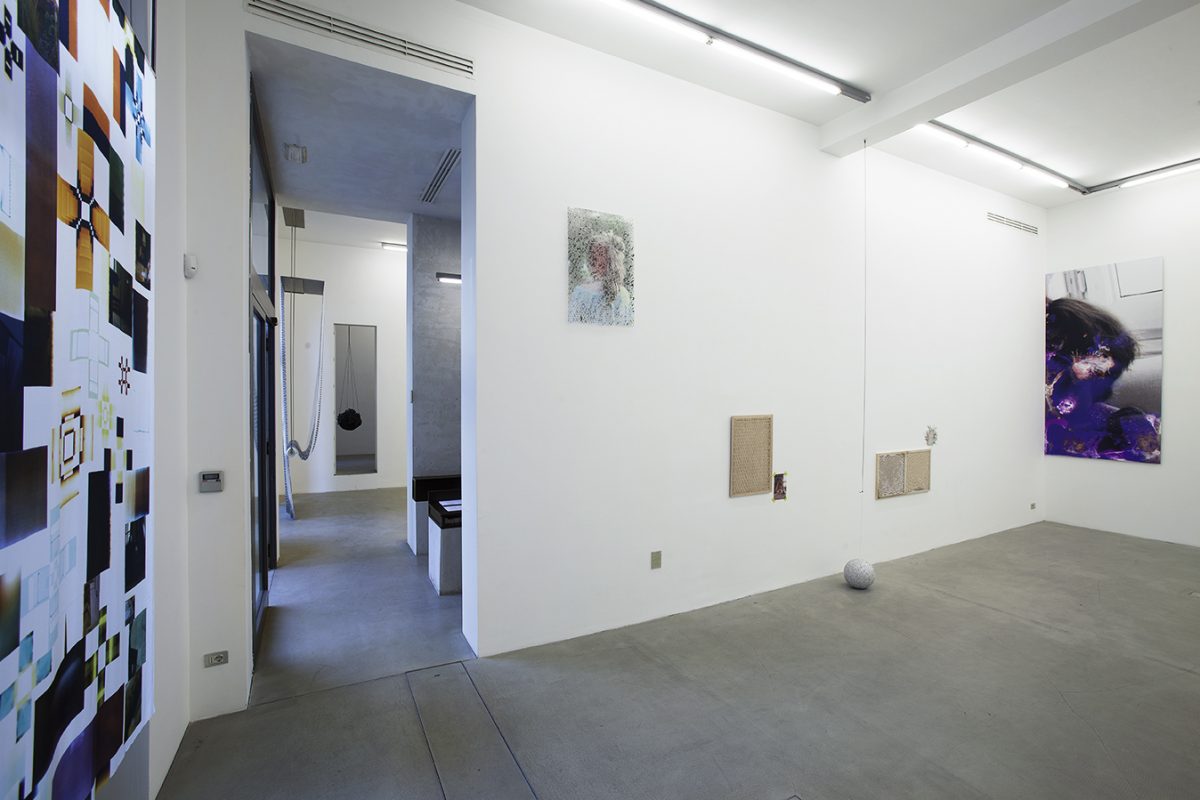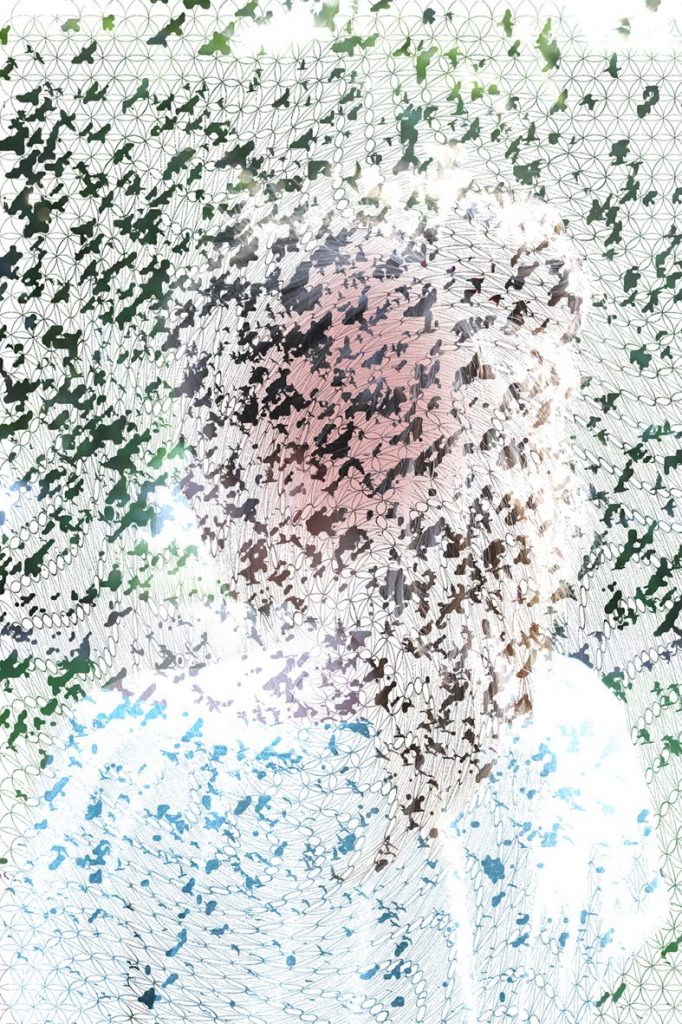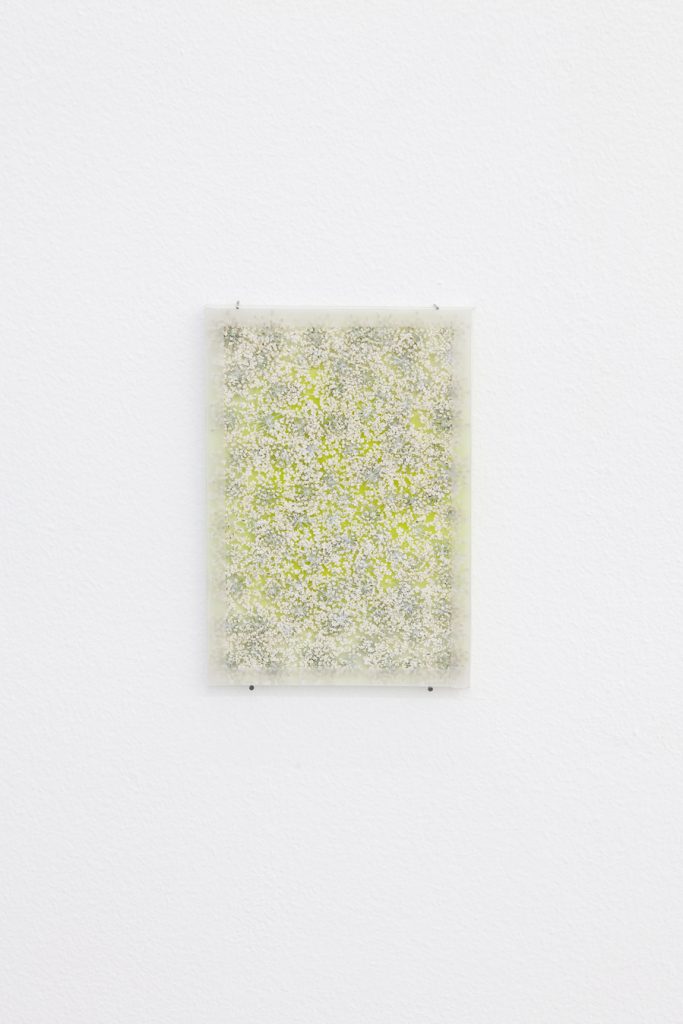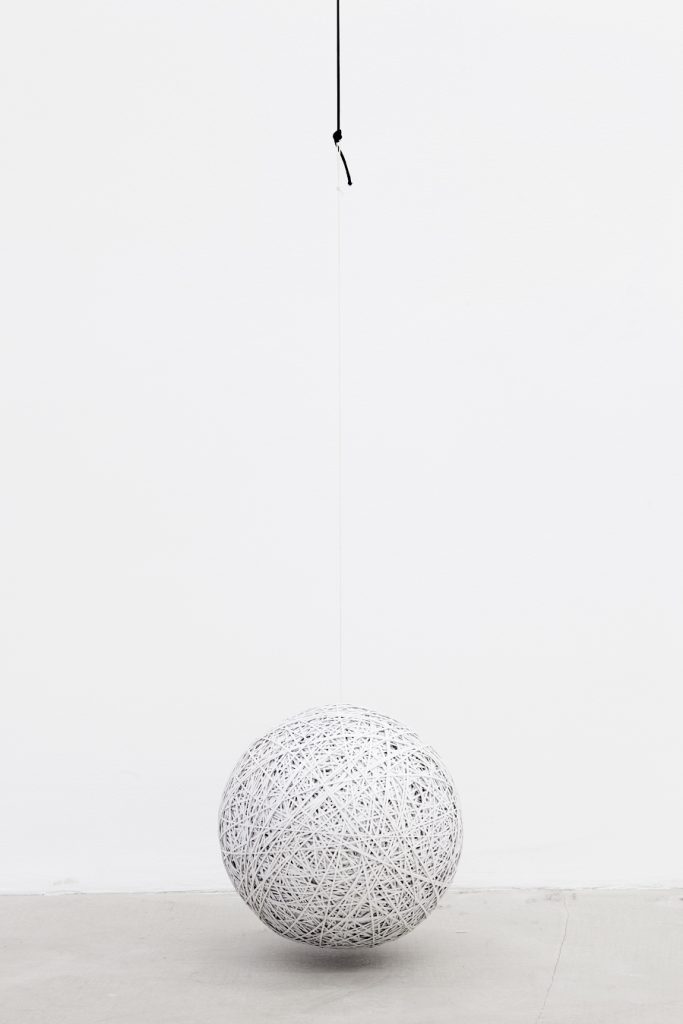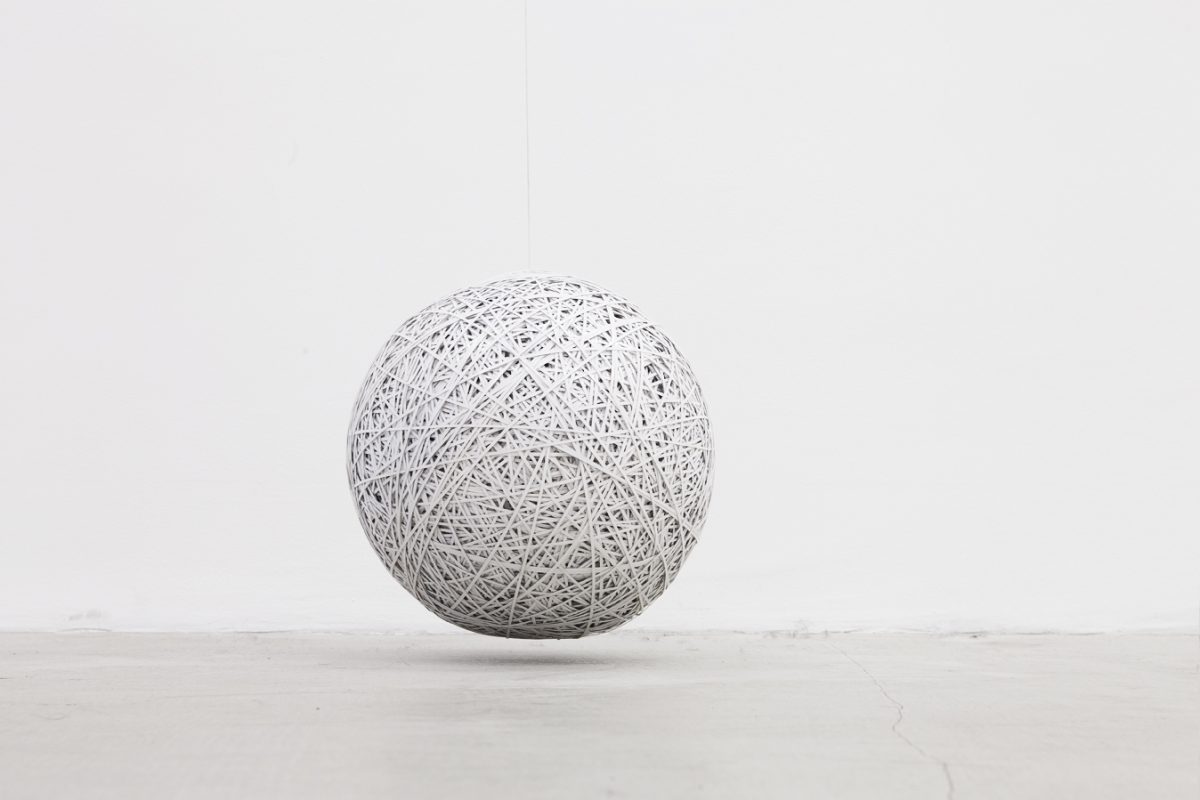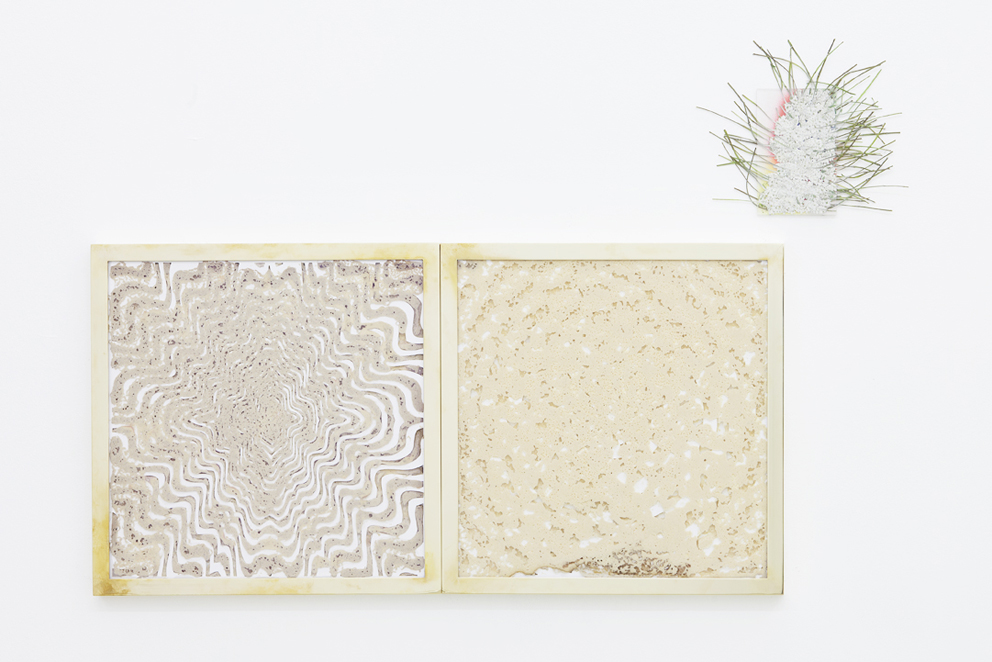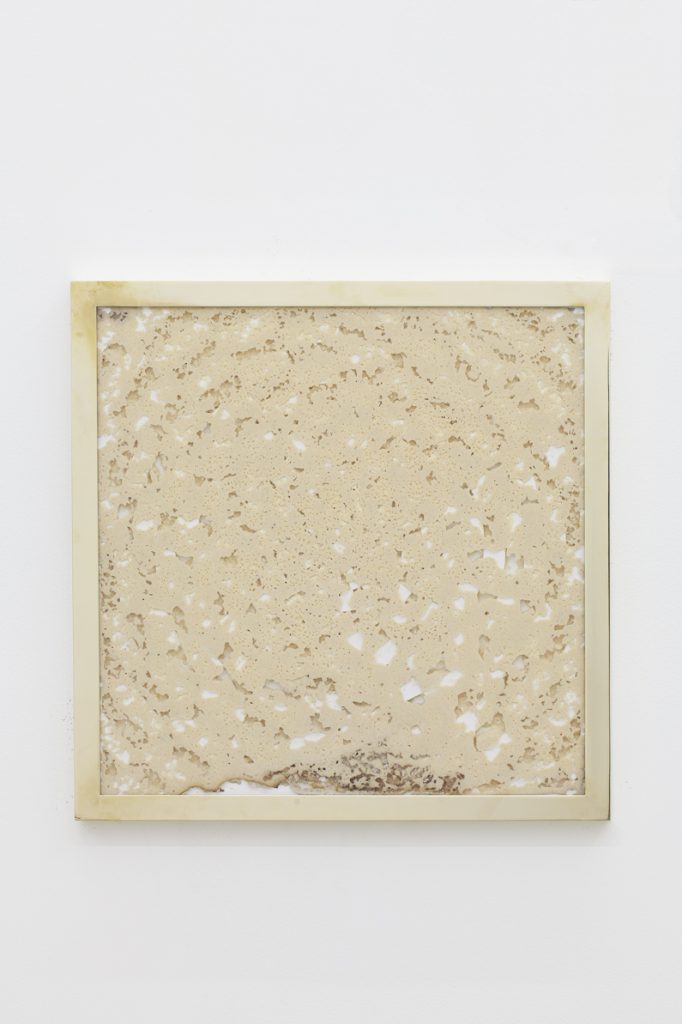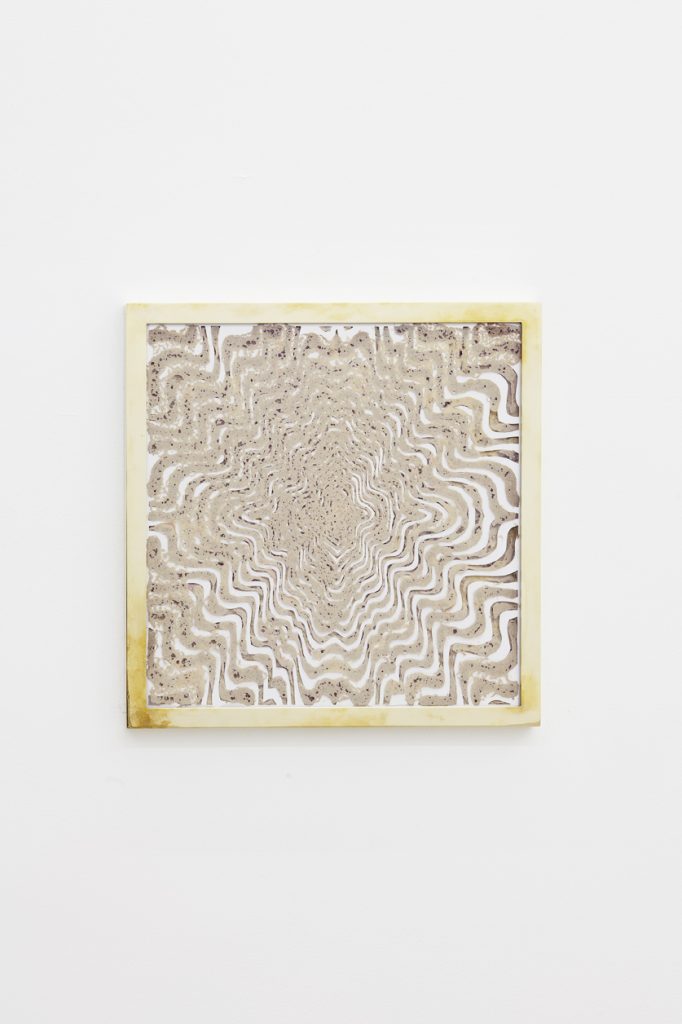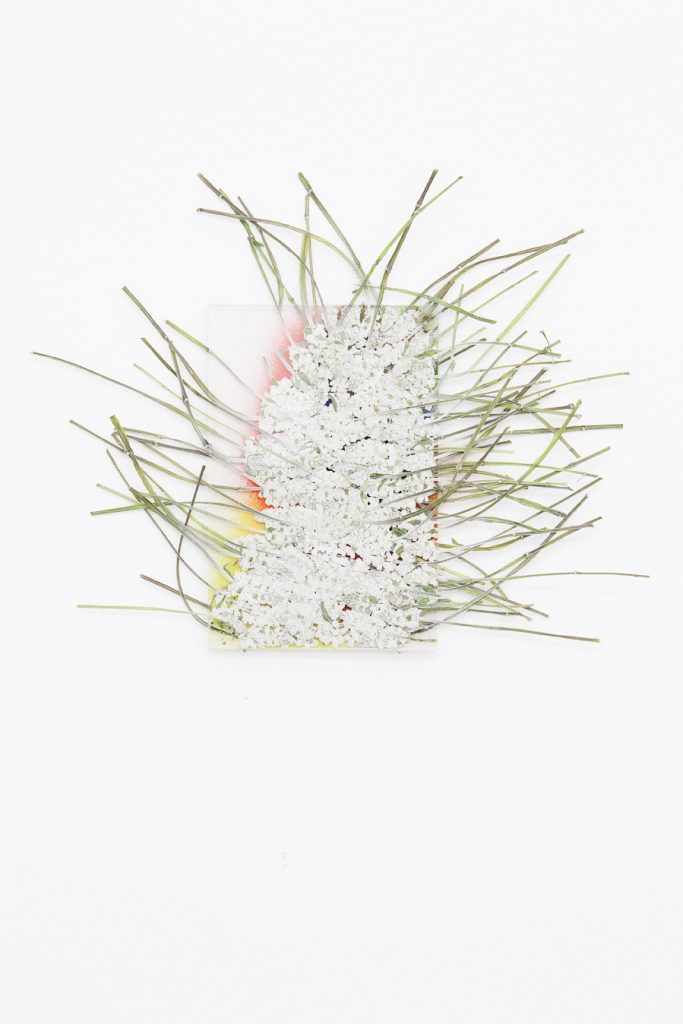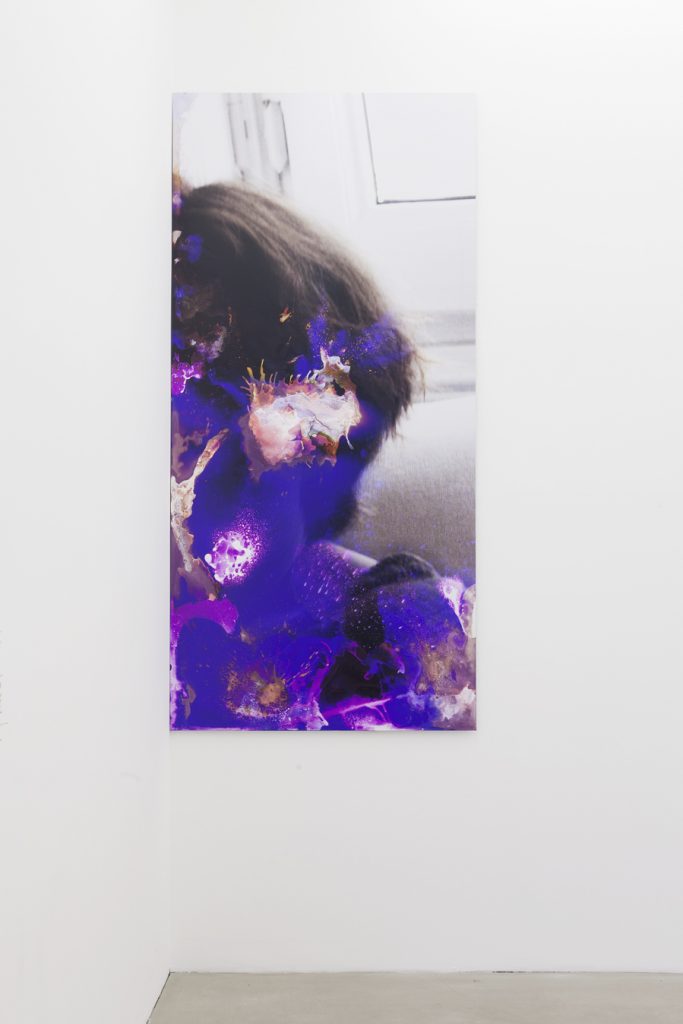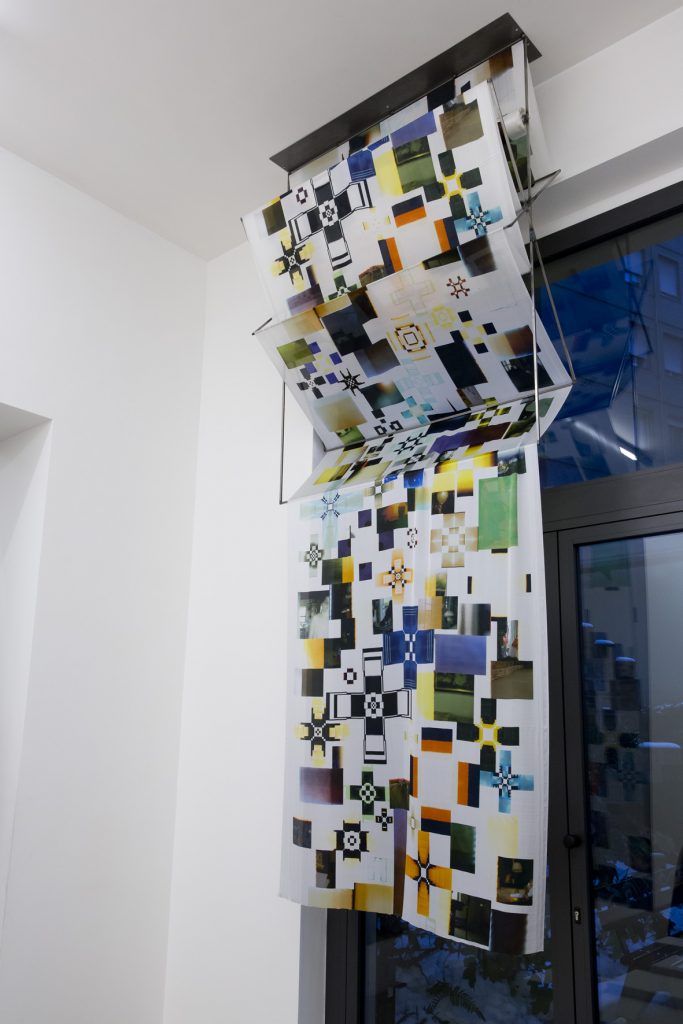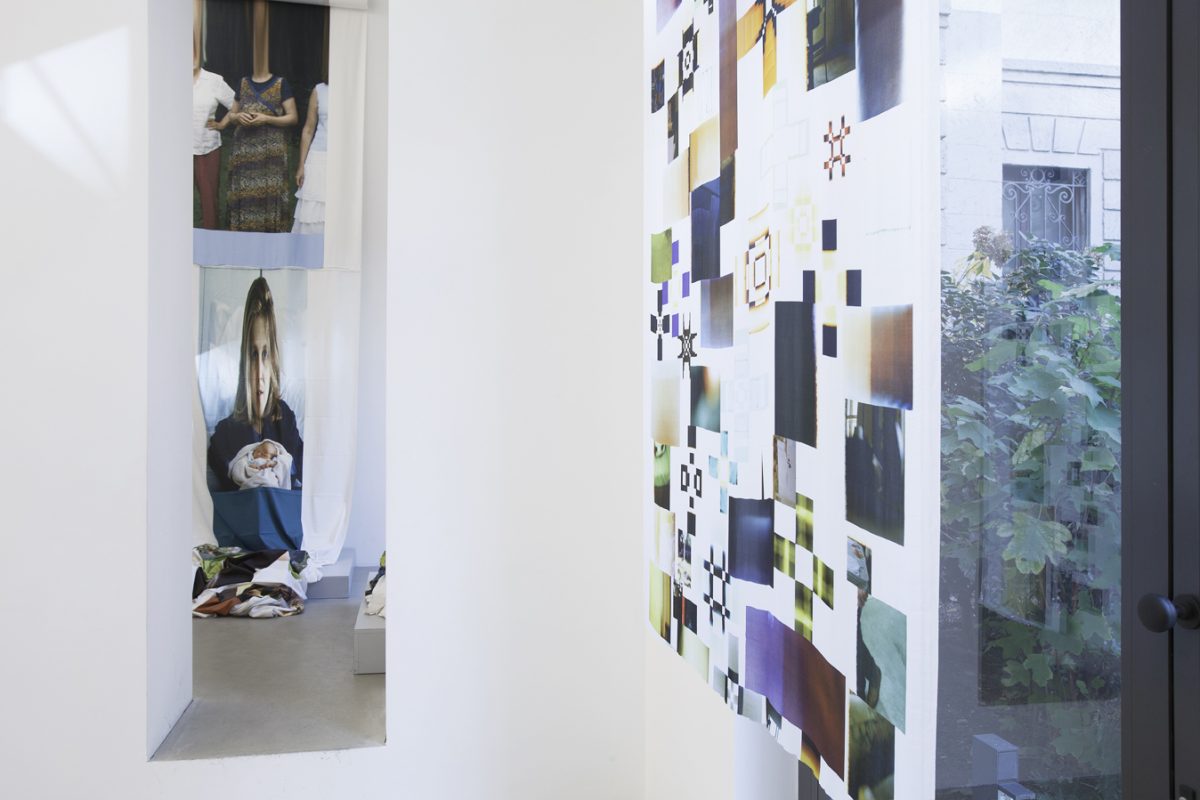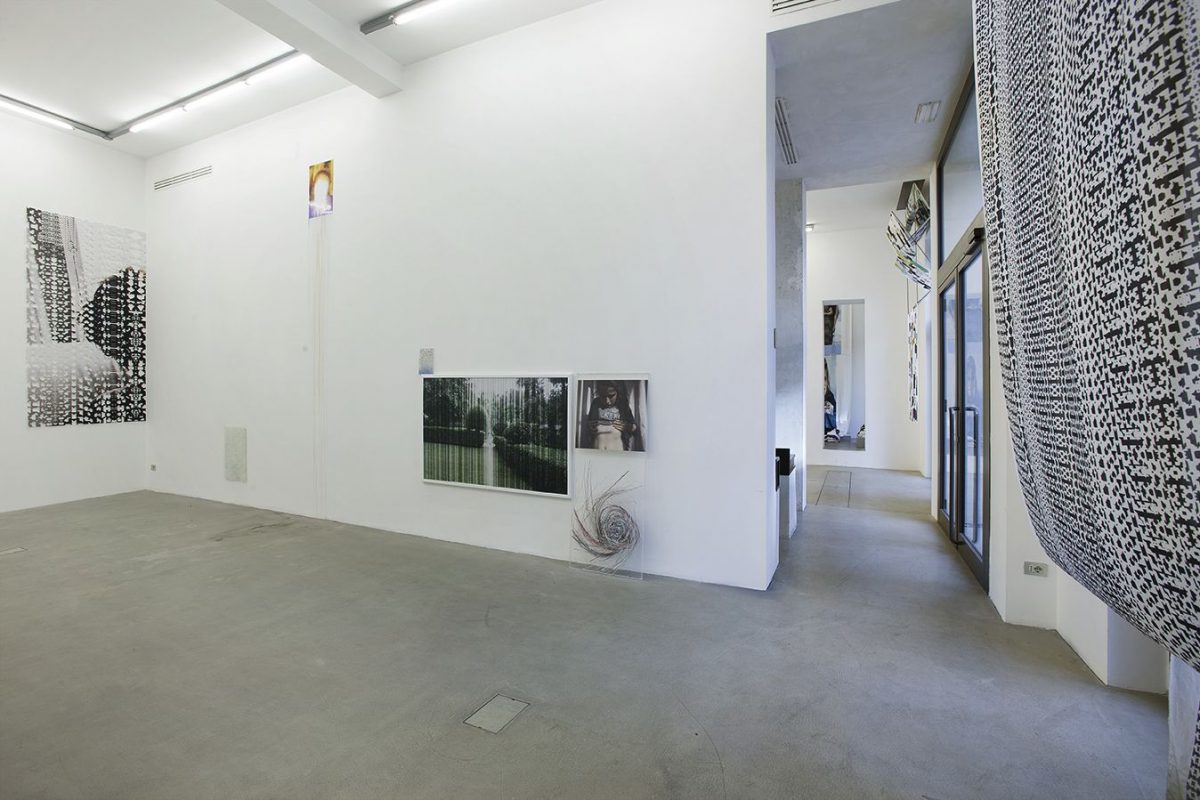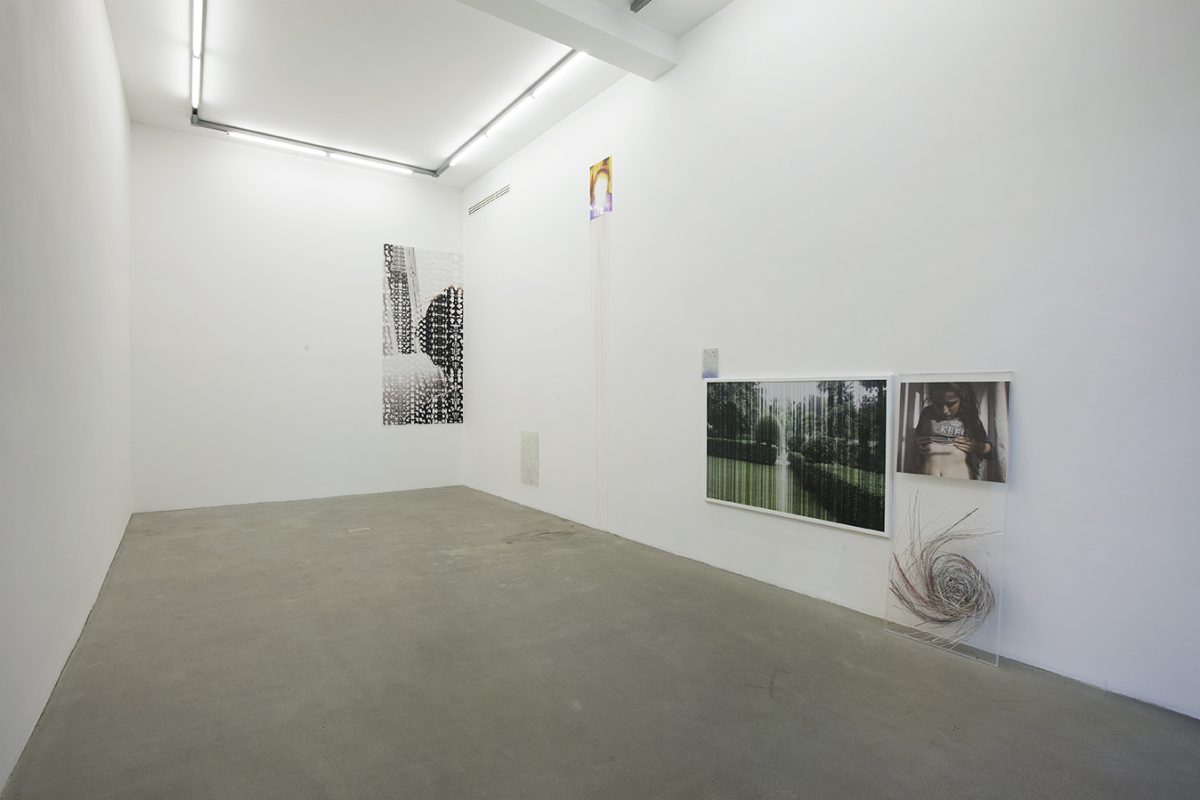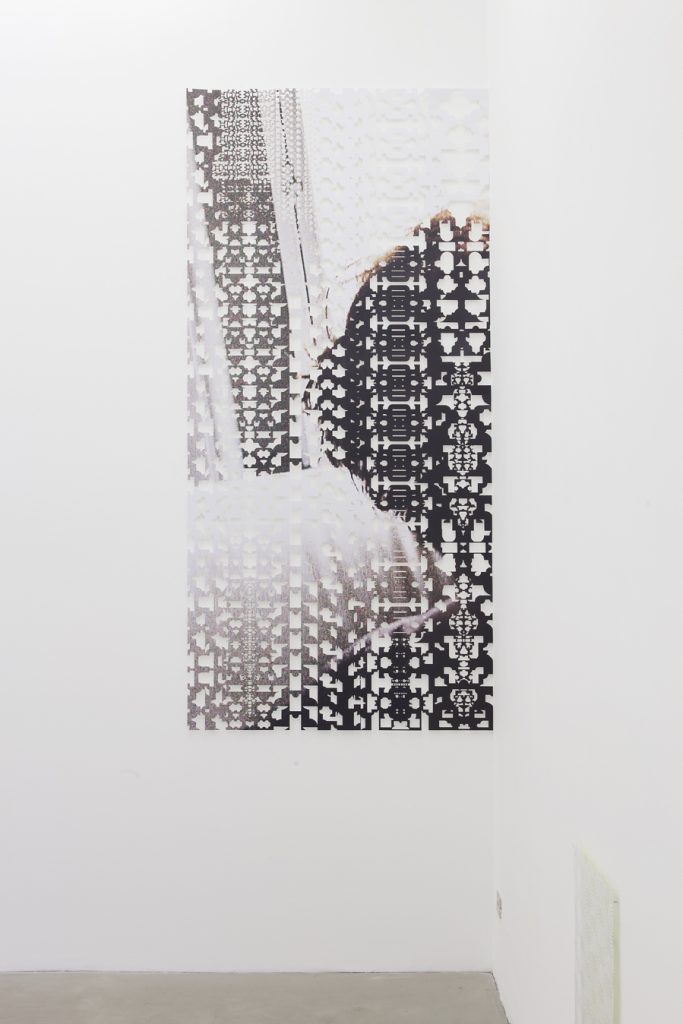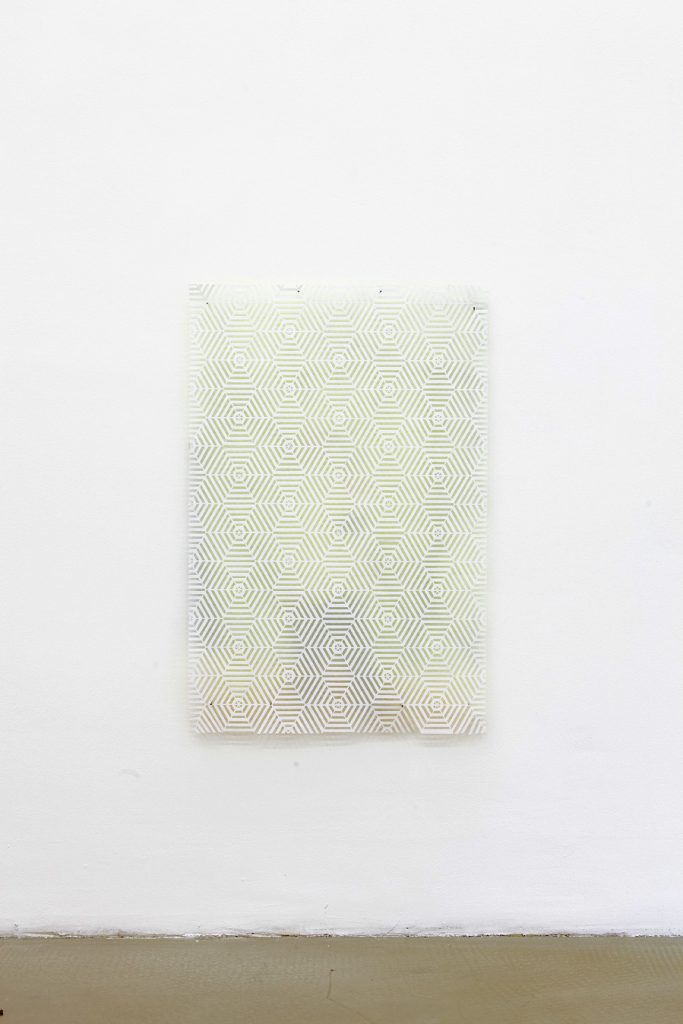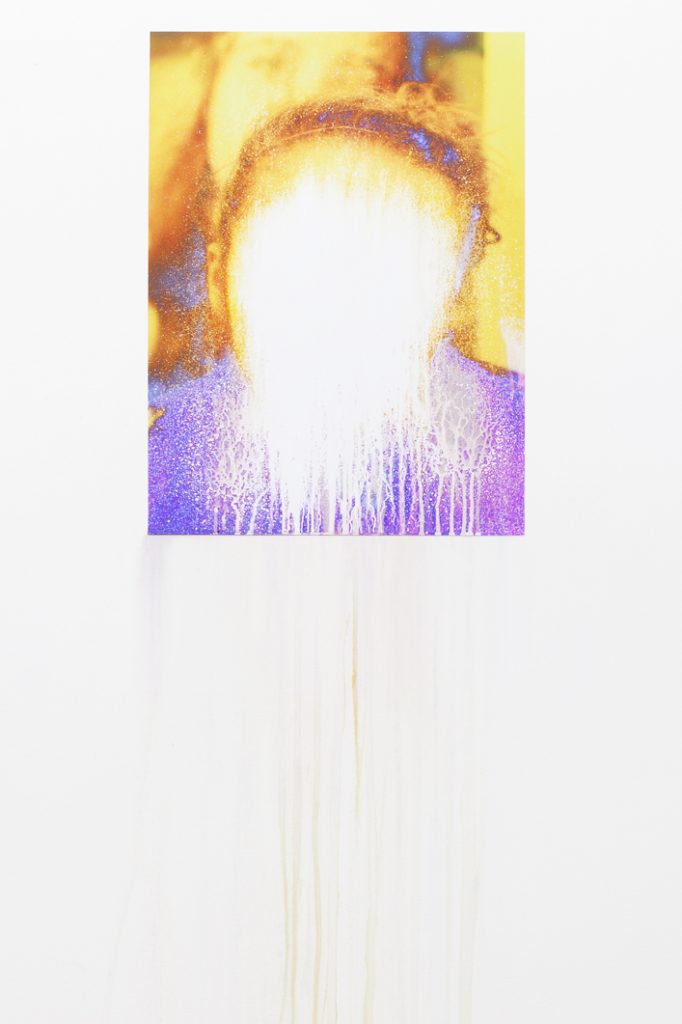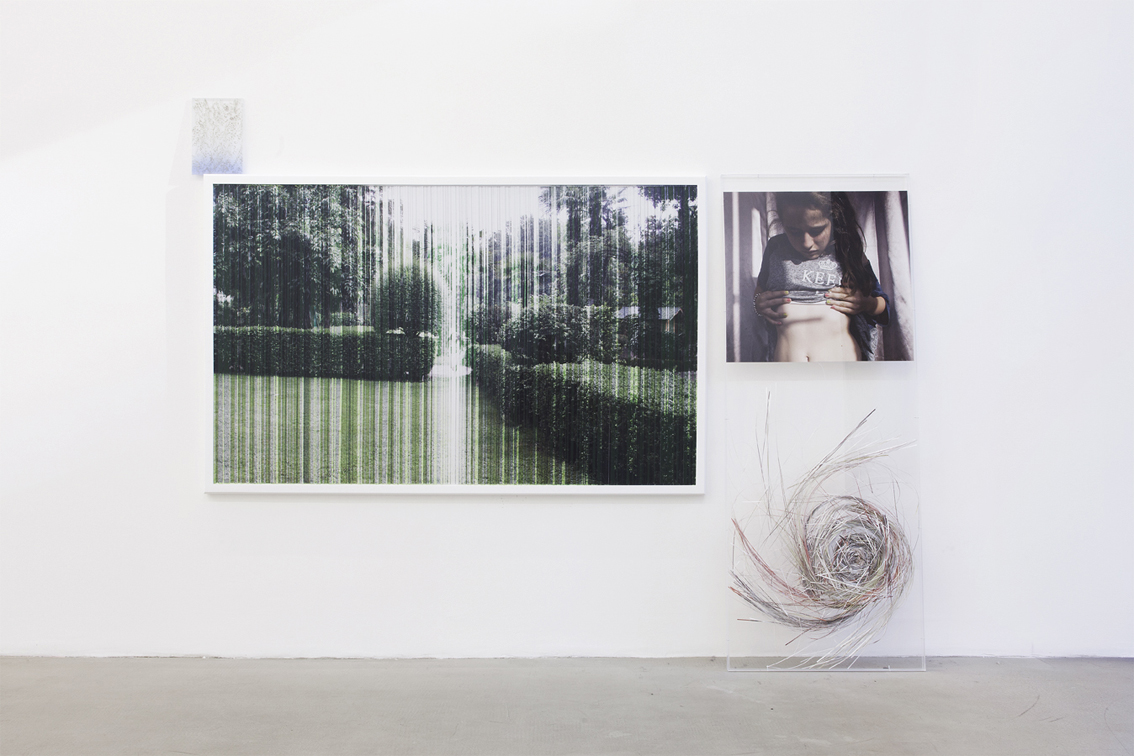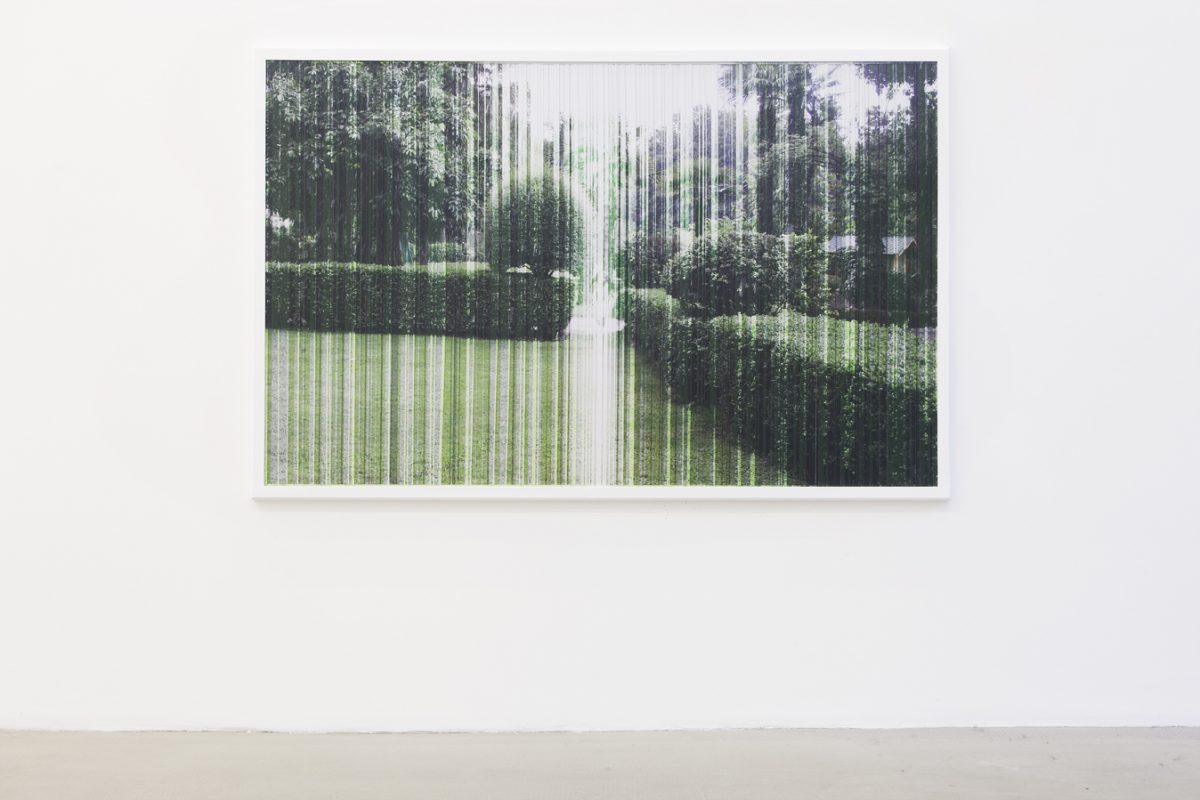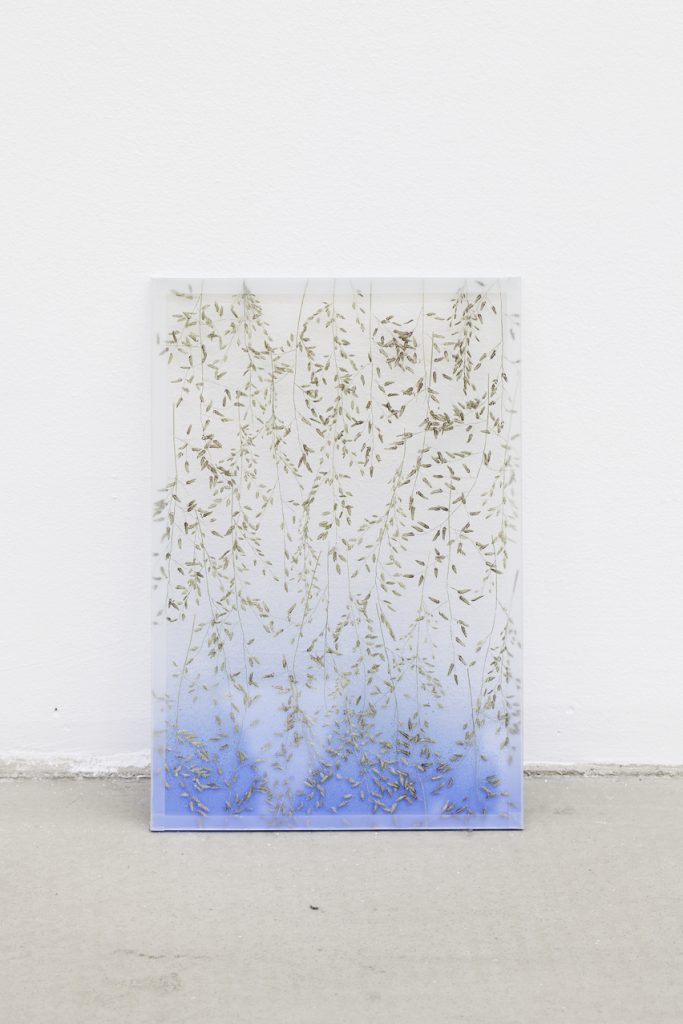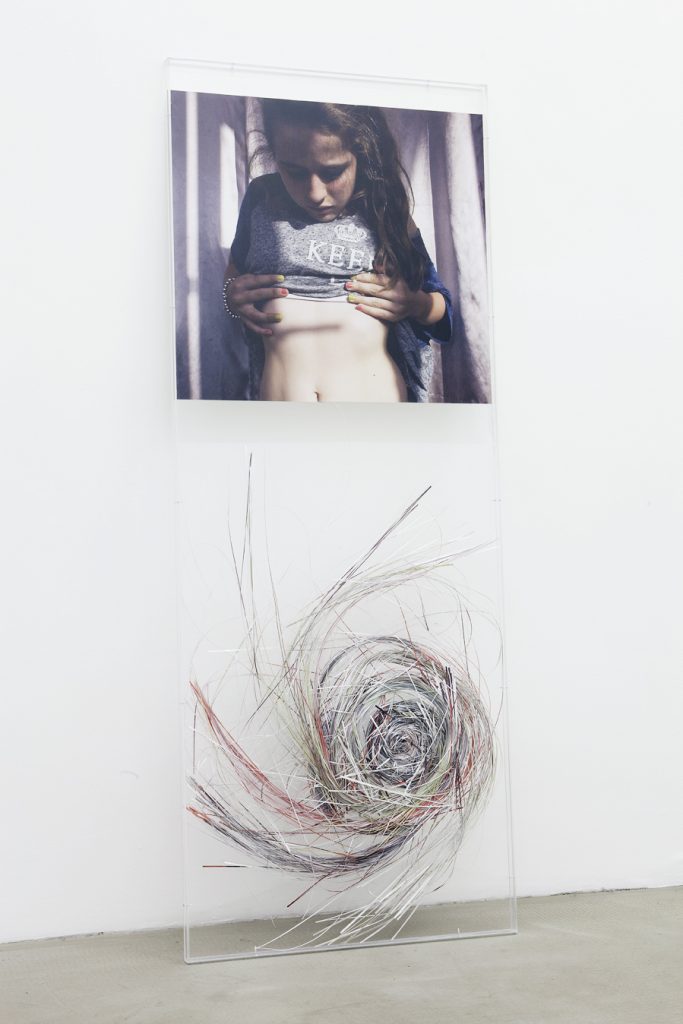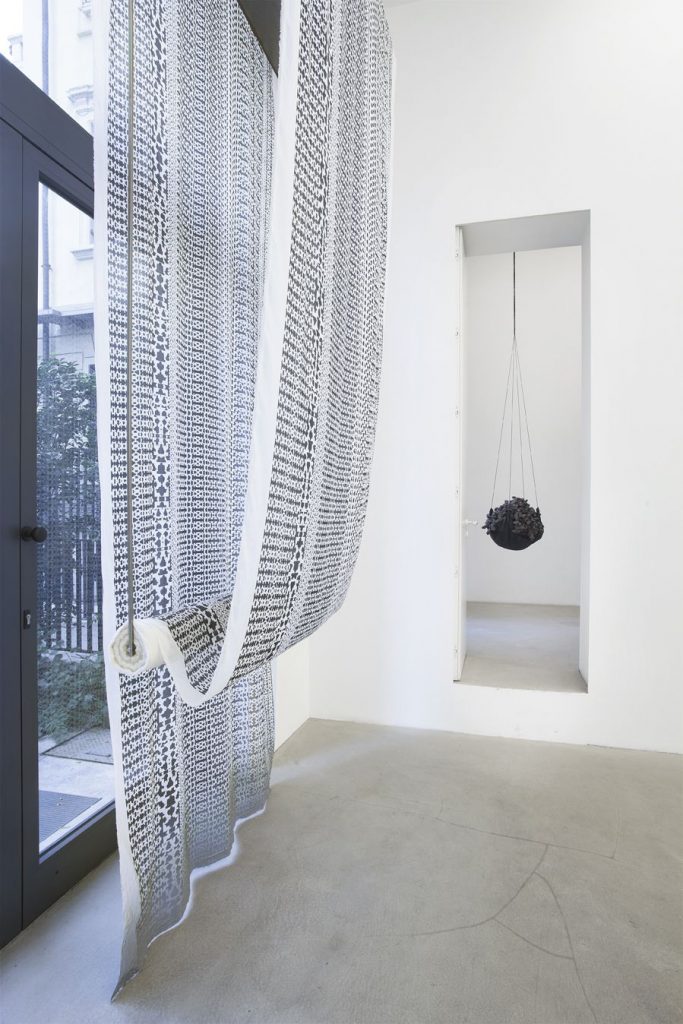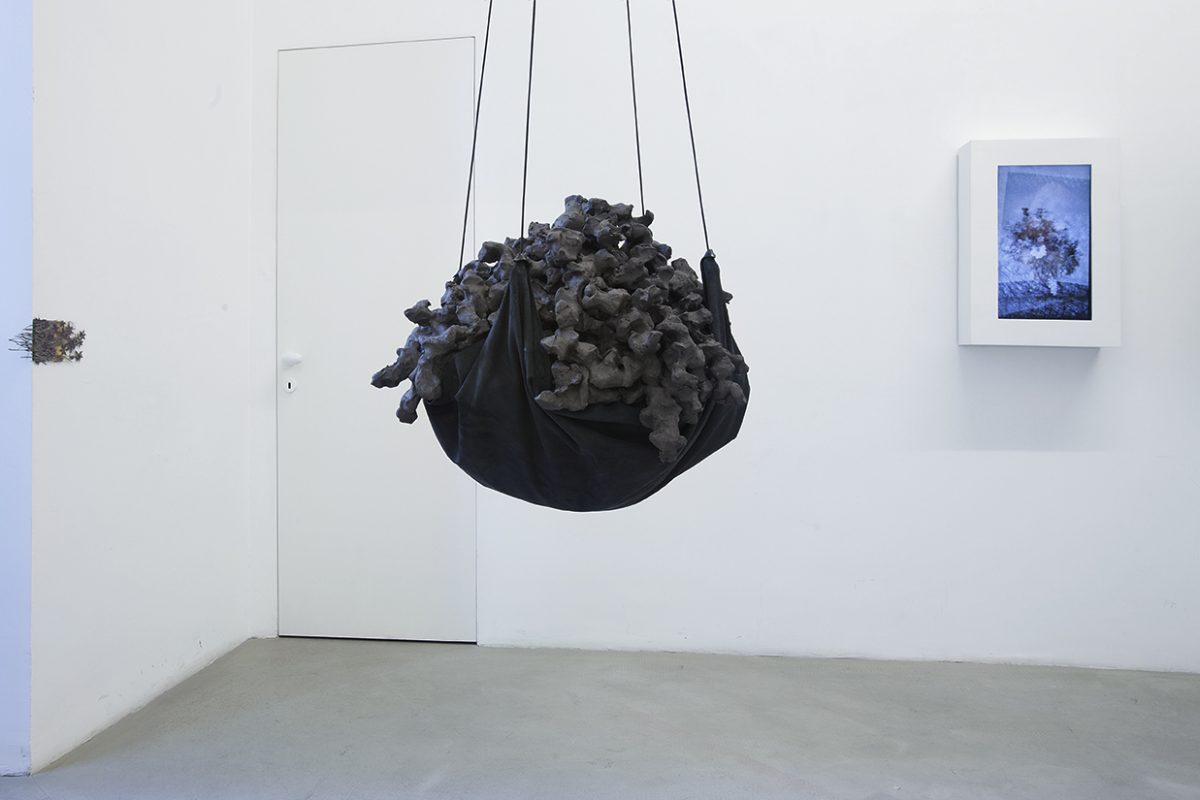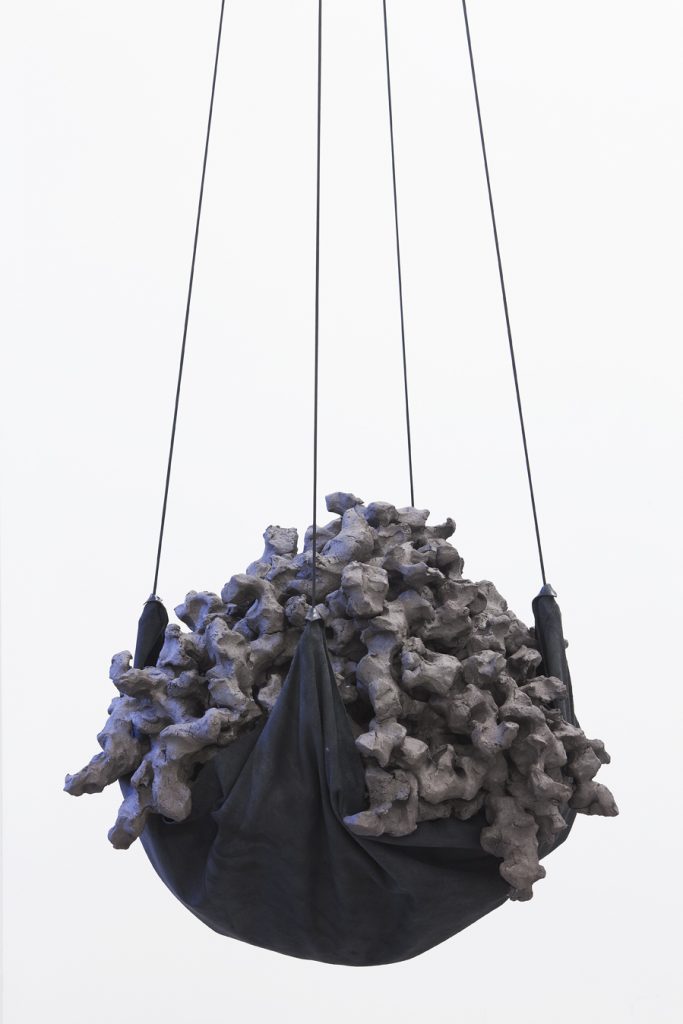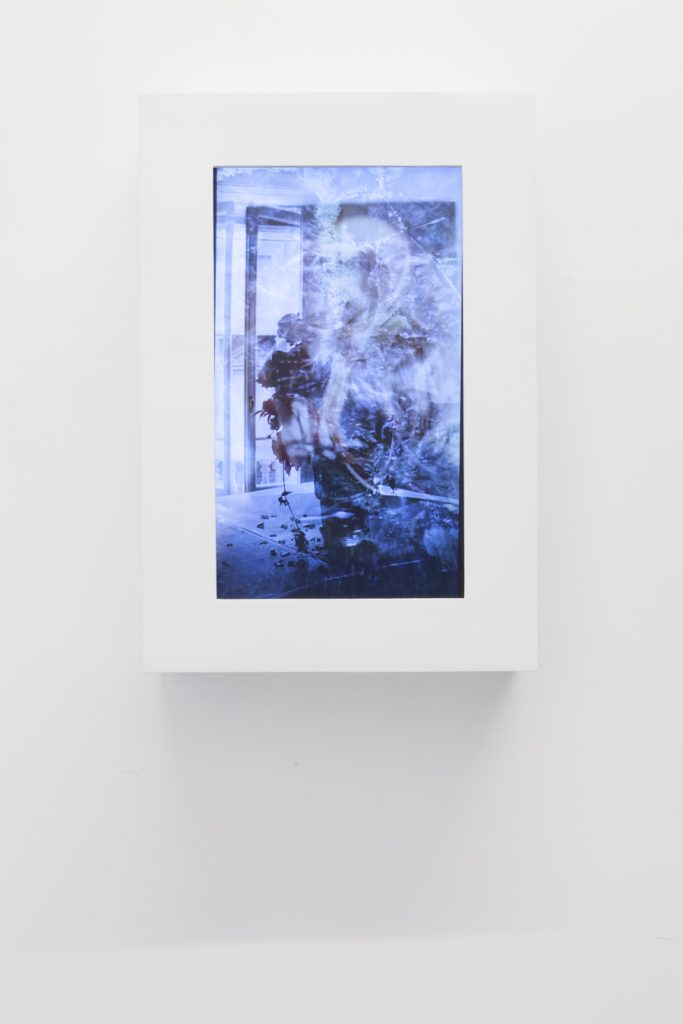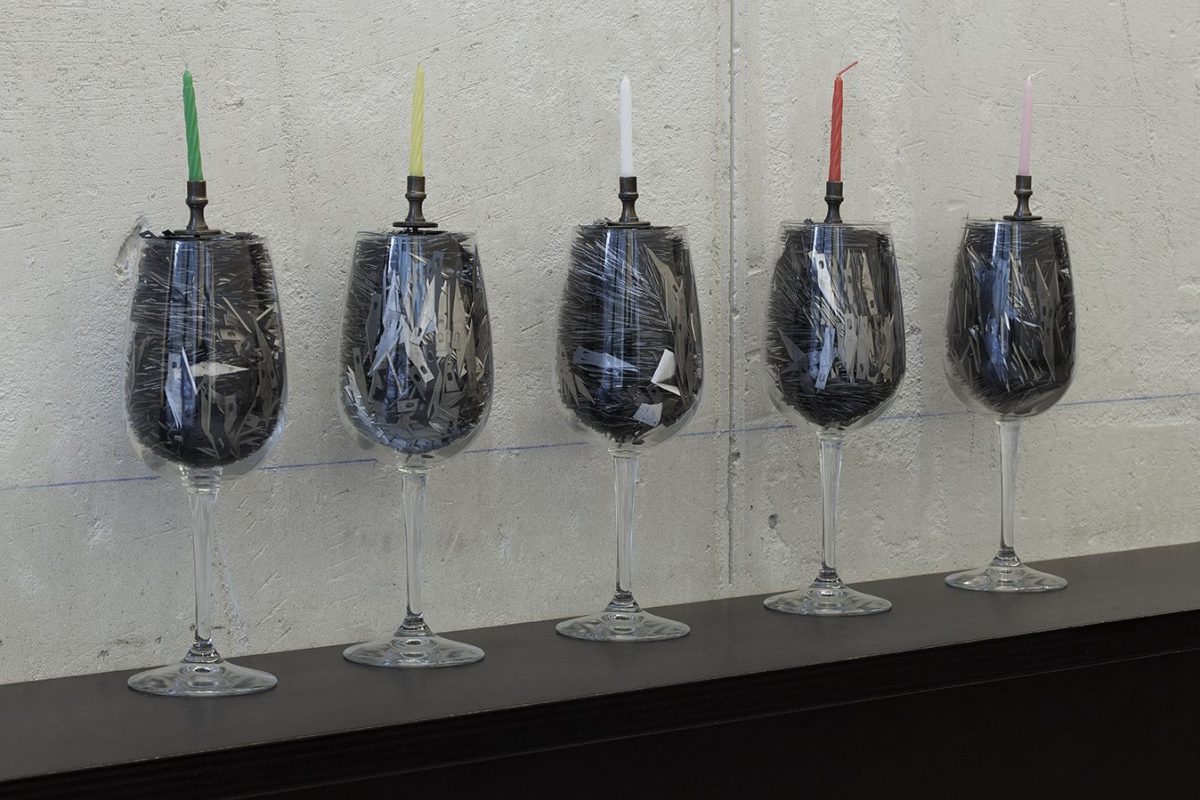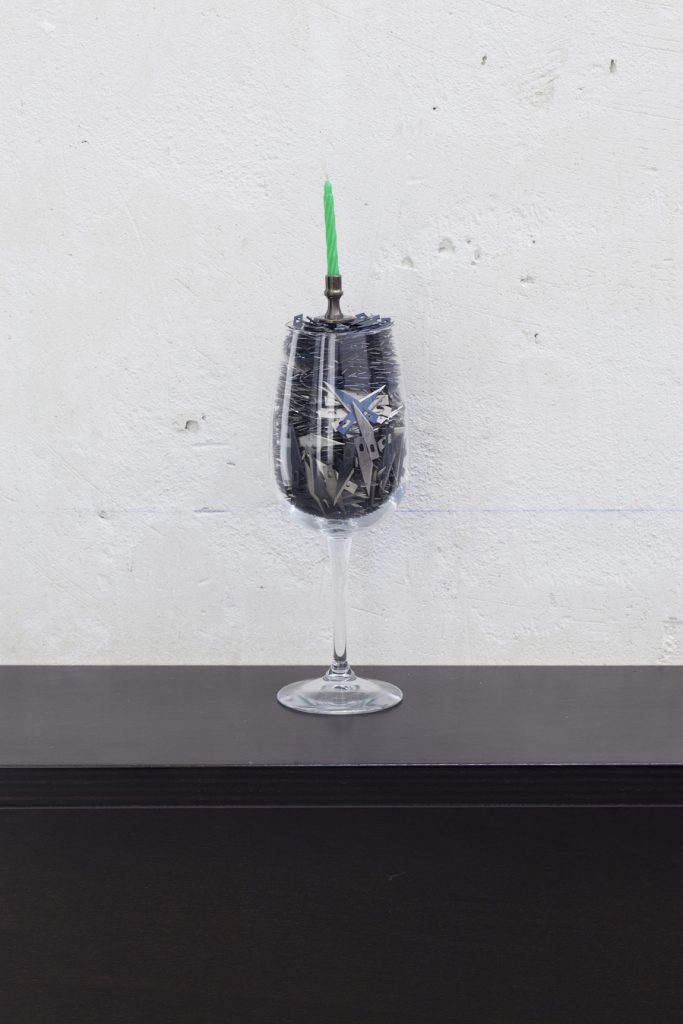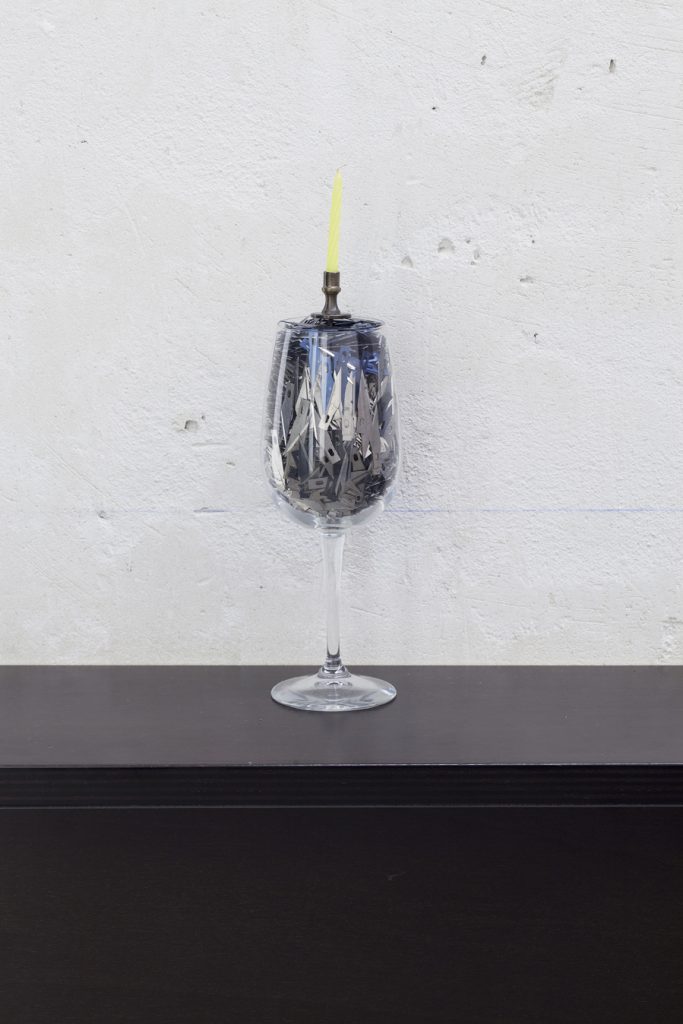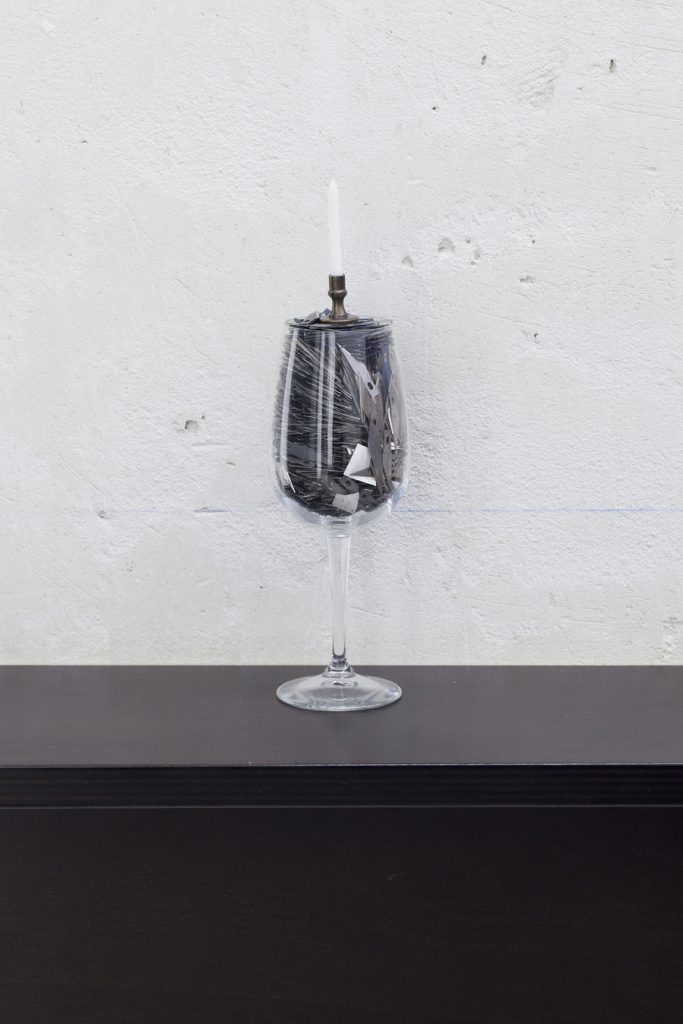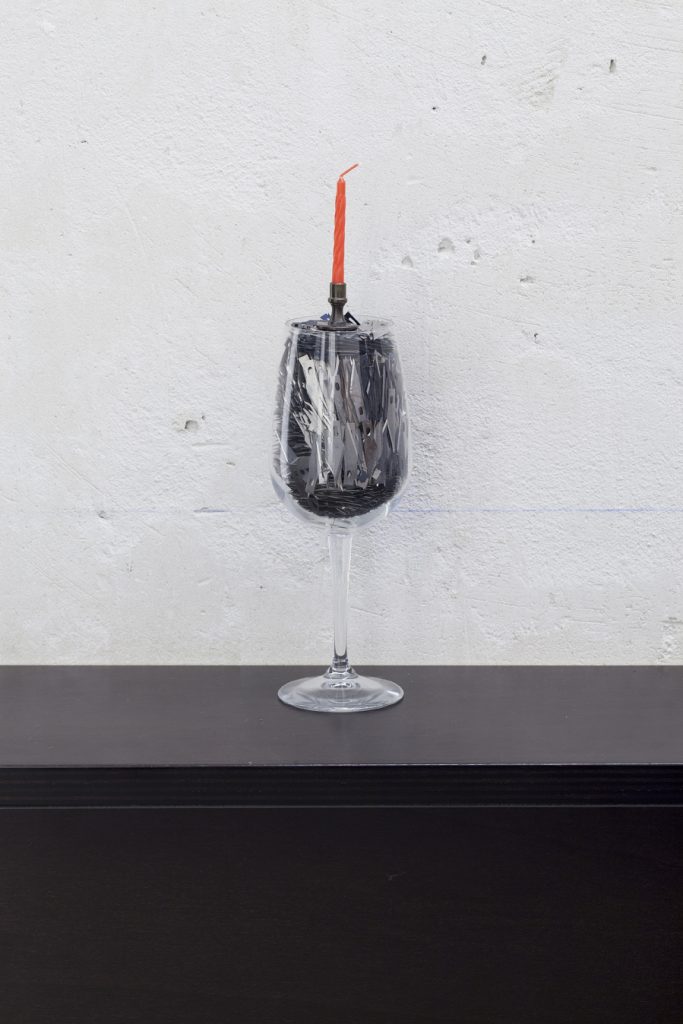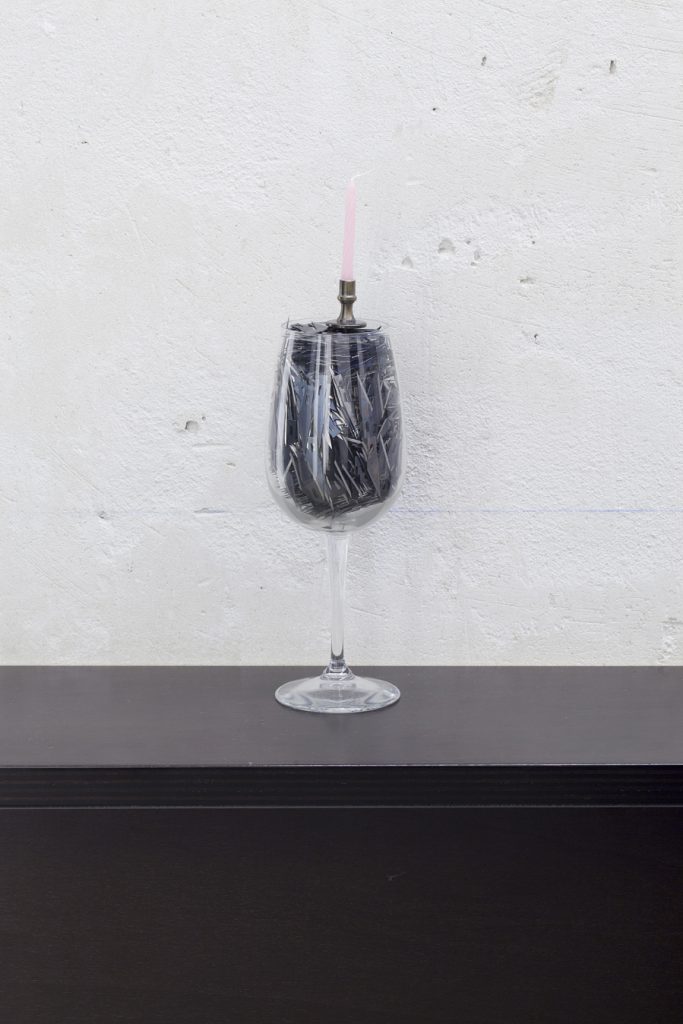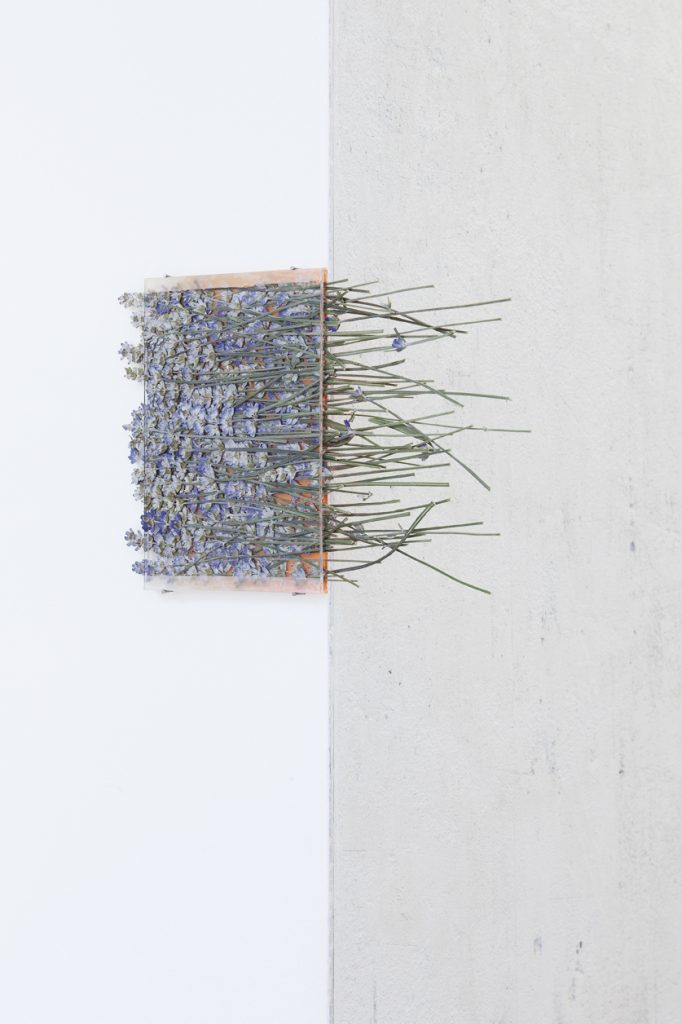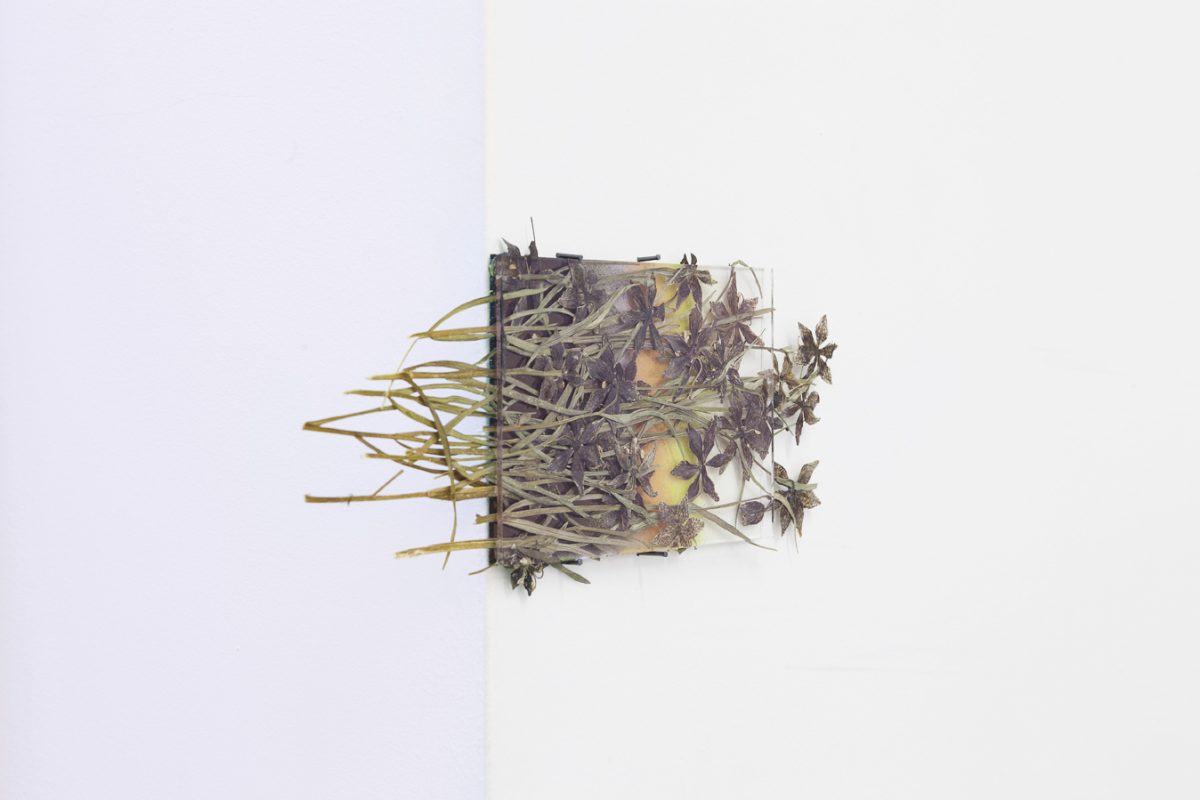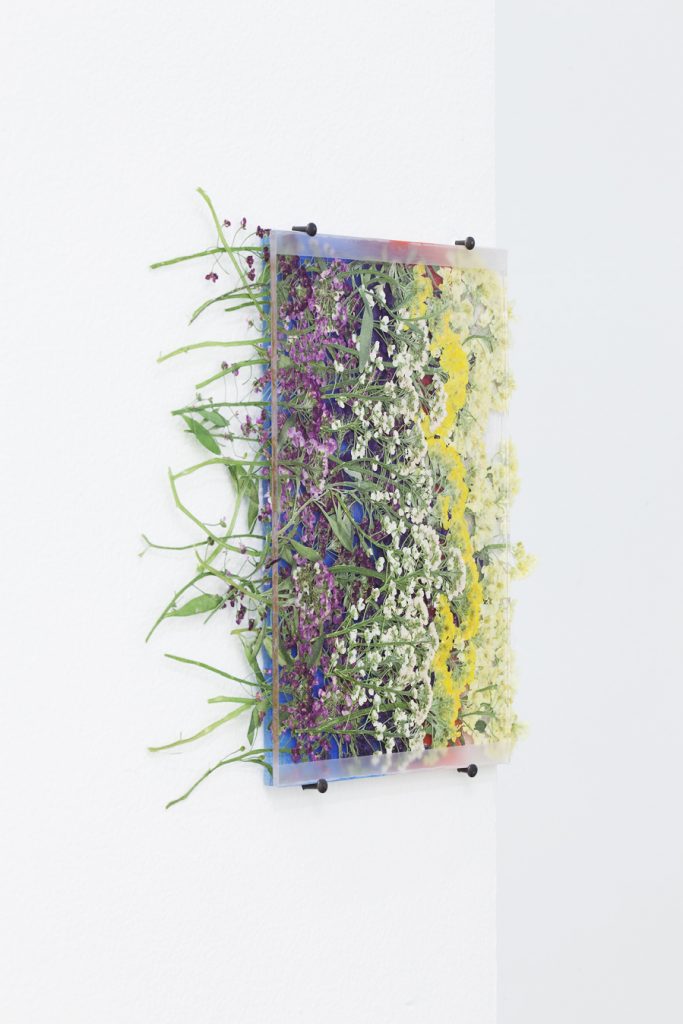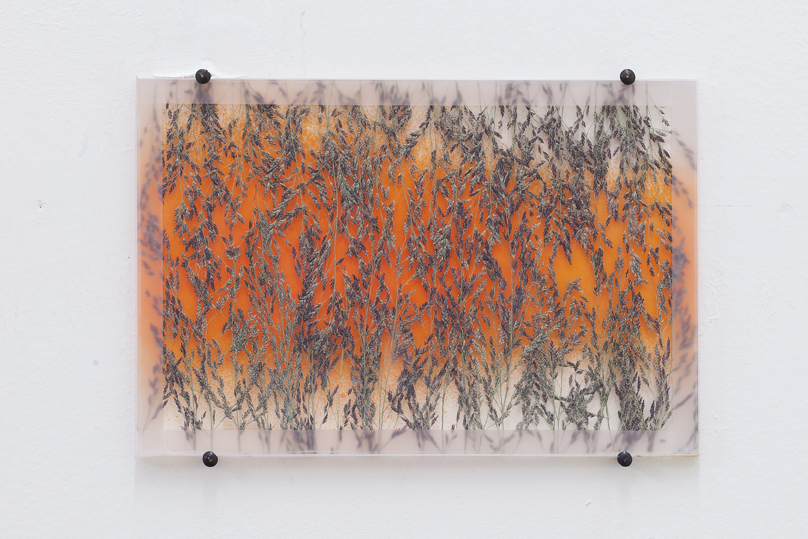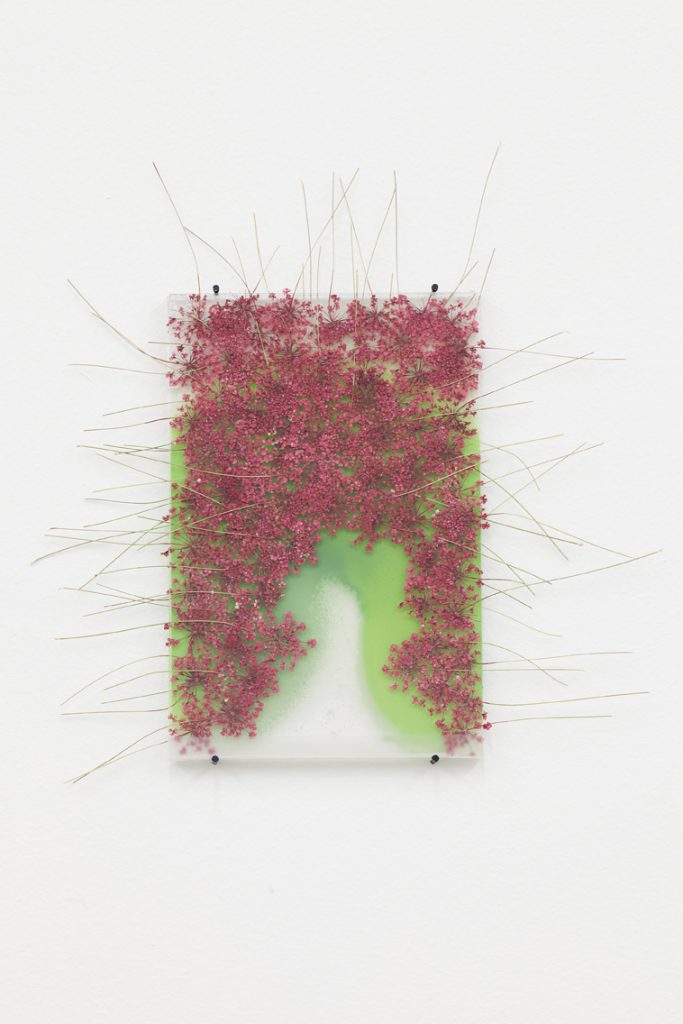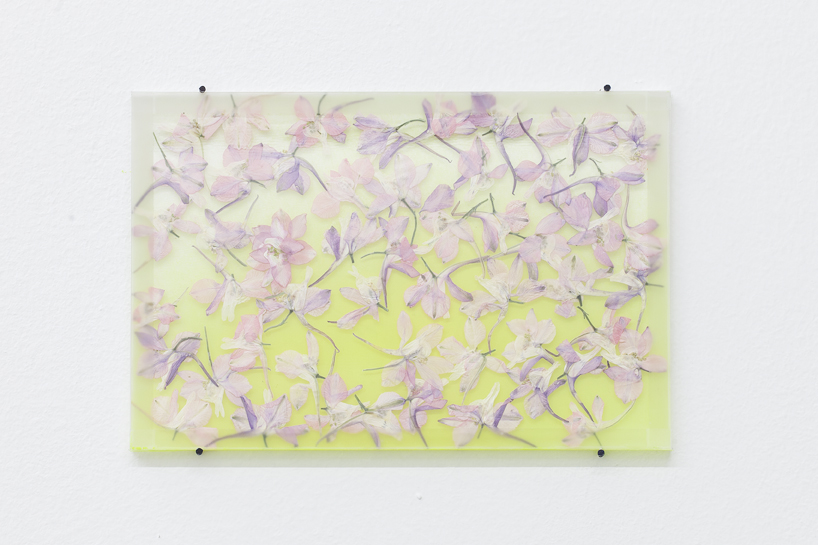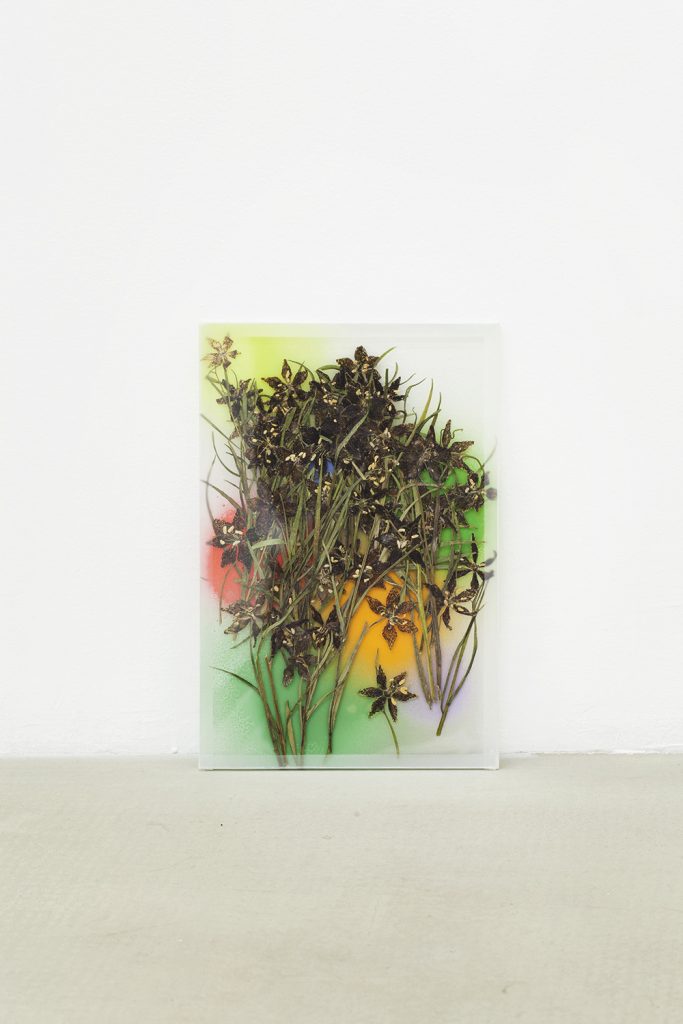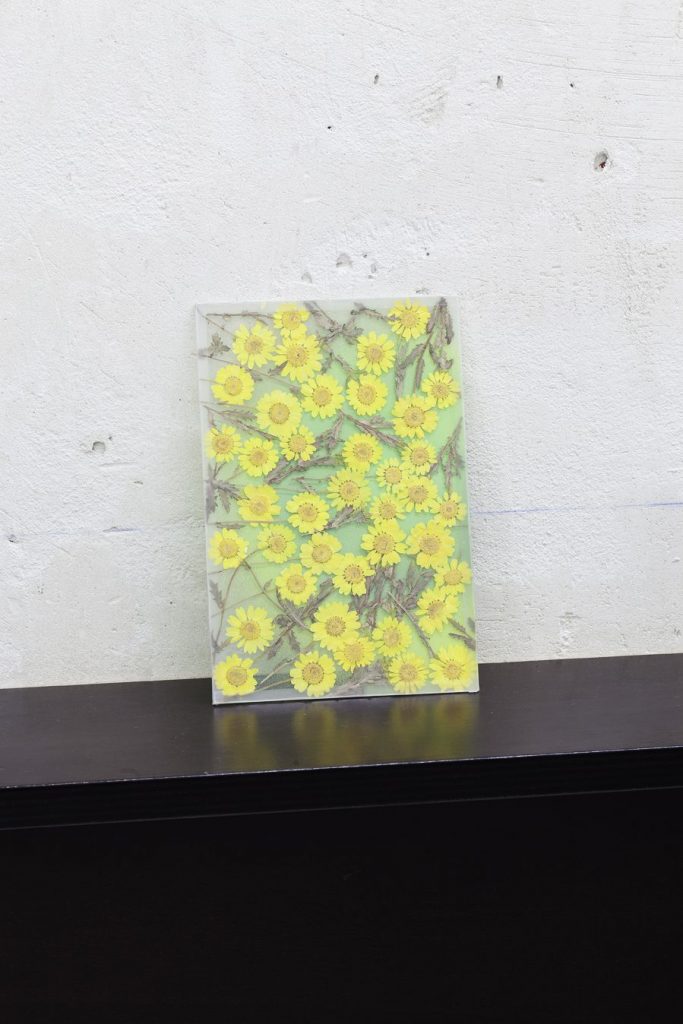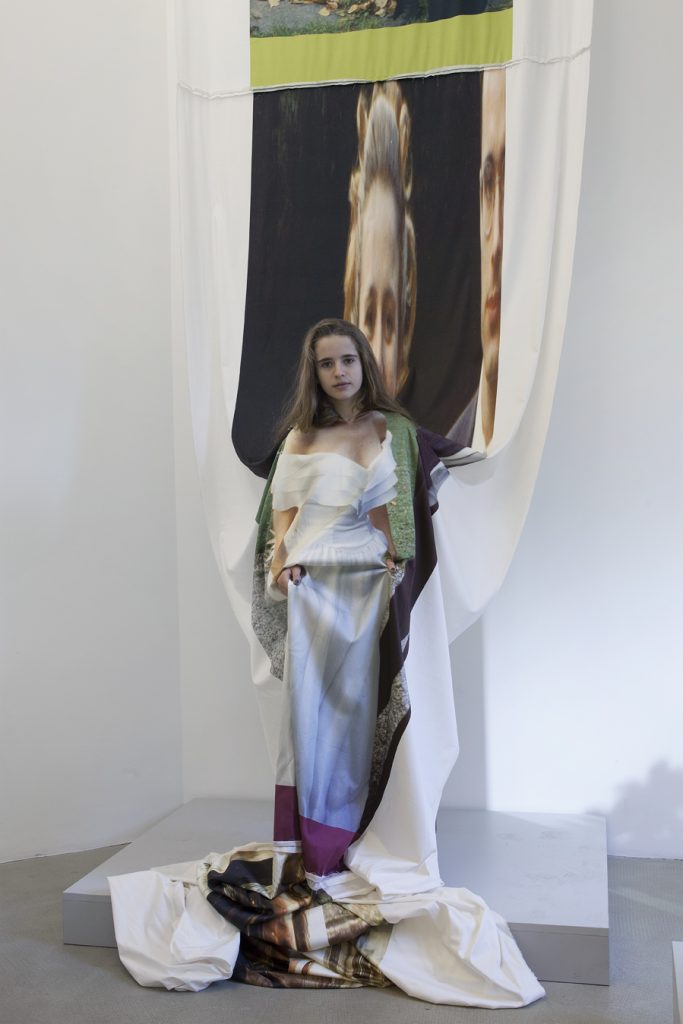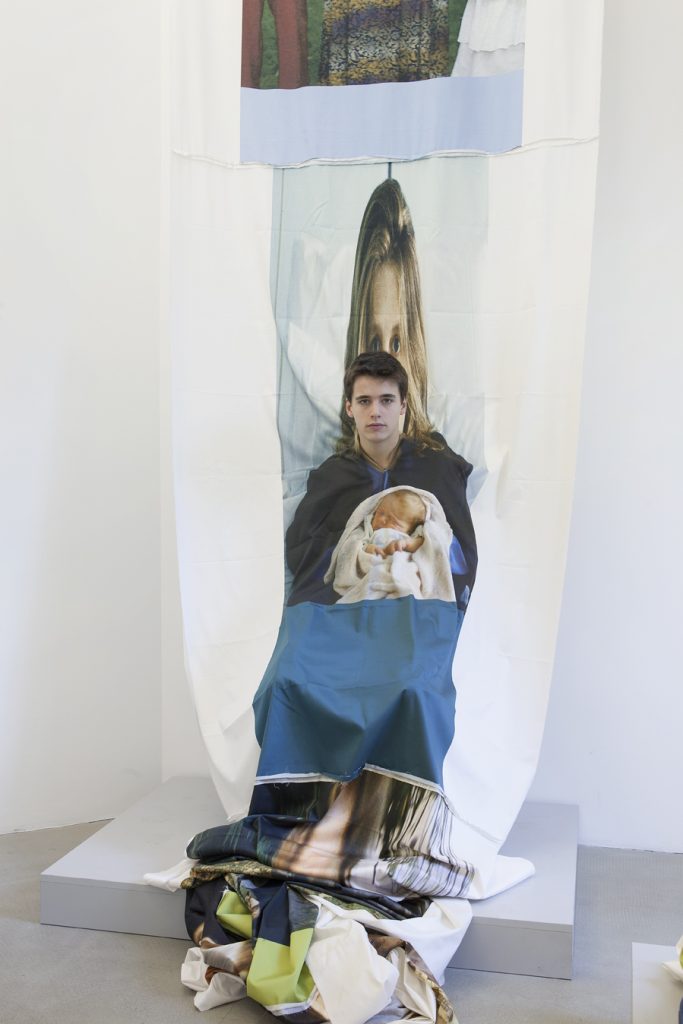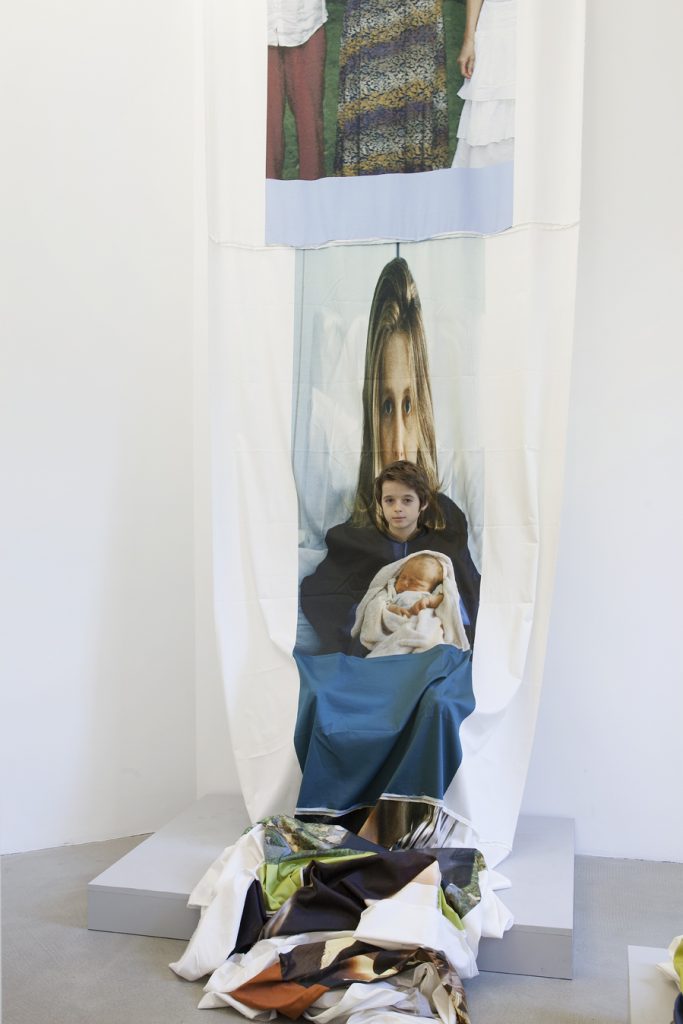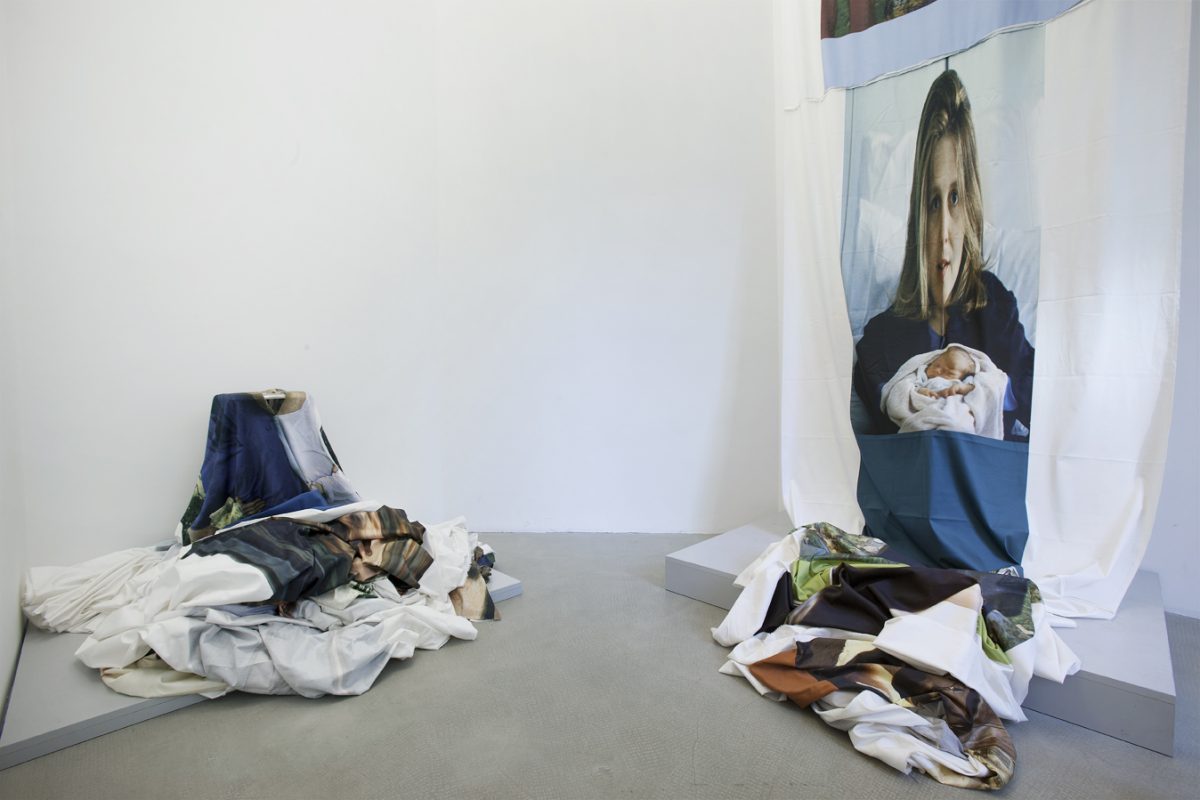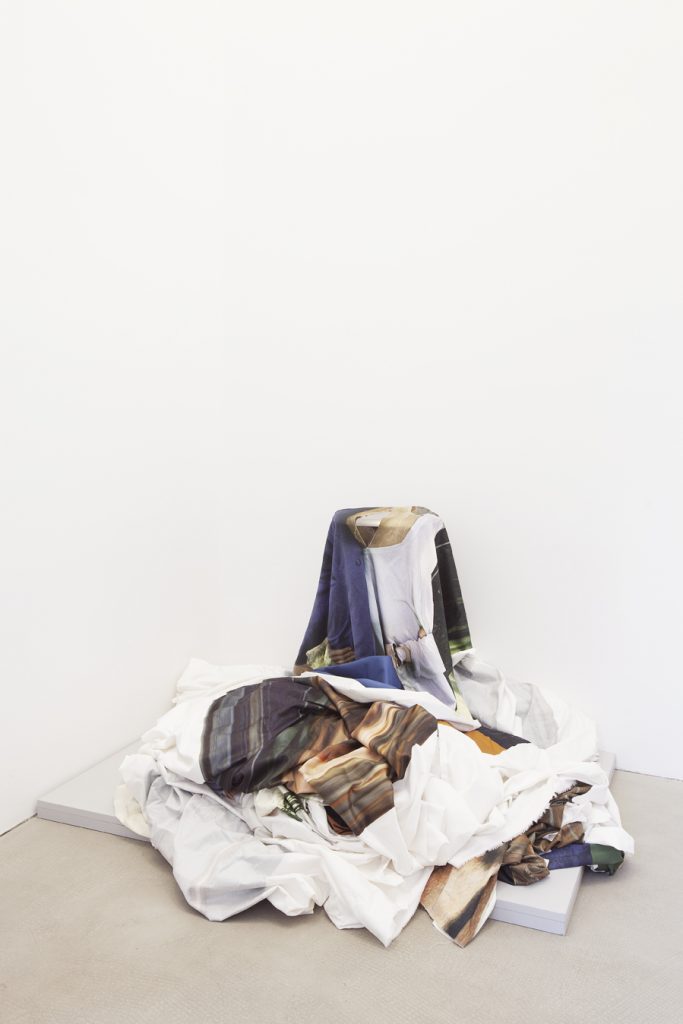
- This event has passed.
kaufmann repetto is happy to present Maggie Cardelús’s new body of work, Doing life.
The exhibition title, Doing Life, points to the conceptual underpinnings of Cardelús’s work, work in which her everyday experience as woman, artist, and mother, give origin to an ongoing investigation that probes the dynamics of these shifting roles within the social fabric in which it is immersed.
The use of photographs, in particular family snapshots, takes Cardelús into territory that is both profoundly individual and universally shared. Snapshots are part of rituals that have become familar to all cultures, and are vehicles by which a family nucleus constructs it’s own micro-history, and, as Diane Arbus wrote, constitute, “..a secret of a secret…,” a sort of idealized self portrait. The use of such reactive material on the part of the artist, is to reclaim that which Allan Kaprow defined as art at the service of life. In Maggie Cardelús’s work, the domestic and familial sphere, marginalized by the artworld, is placed powerfully at the center of her artistic thinking. Her personal world becomes the instrument through which to process our most common human fears and compulsions, like the passing of time, or our fear of loss or separation.
To materially manipulate family snapshots, is for Cardelús, an attempt to crystallize a flux or flow undergoing continuous change. In Doing Life, these opposing tensions echo through an ensemble of works that, together, pull towards the figure of the artist as a single, mutating, self-portrait.
The entire exhibition is organized around an invisible horizon line that cuts through the space at the height of Cardelús’s bellybutton, creating an esoteric landscape whose gravitational force is the the artist’s subjectivity.
In the two large spaces of the gallery, hang two halves of a split, back-lit, enlarged snapshot taken of the artist. One half is meticulously cut-out, while the other has been dissolved and transformed using domestic cleaning fluids like bleach, alcohol, and silver-polish. The tension between porgrammed order and loss of control recurs in all the work in the exhibition, and is set on stage with the performance D/Inner Time, in which Maggie Cardelús’s three children, literally dressed in their mother’s body, impersonate her and respond to spectators. In this work, as in all the work, for every centripetal and self-referential move, there is a corresponding centrifugal one, in which the artist’s ego dissolves into a potentially infinite number of representations.
The theme of artistic creation, in this context, merges with creation understood as demiurgic, as creator of life. A ceramic sculpture, hanging from the ceiling, modelled by the repetitive squeezing of clay between thumb and index, embodies that duality between nature and culture: the artists’ thumbprints takes us to the very beginnings of human control over matter, matter both organic and out of control.
The very title of the exhibition is nuanced: Doing Life refers to both the artistic act, the generation of life, and to a narrative, more or less mystified, of her own existence. At the same time, it is also an attempt to appropriate reality, include everyone and everything within one’s own small universe.
kaufmann repetto è lieta di presentare in galleria la mostra di Maggie Cardelús, Doing Life.
Il titolo della mostra racchiude i presupposti che alimentano il lavoro di Maggie Cardelús, lavoro in cui l’esperienza quotidiana come donna, artista, madre, e cittadina del mondo costituisce l’origine e lo stimolo per una ricerca che scandaglia le dinamiche dell’essere umano all’interno delle strutture sociali in cui è immerso.
L’utilizzo della fotografia, in particolare del proprio album familiare, porta Maggie Cardelús in un territorio che è allo stesso tempo profondamente individualizzato e universalmente condiviso. La snap-shot appartiene a un rituale che accomuna le culture più diverse, è il veicolo attraverso cui ogni nucleo familiare costruisce la propria microstoria, e insieme, come disse Diane Arbus, costituisce una finzione di finzione, una sorta di autoritratto idealizzato.
L’uso di un materiale tanto sensibile da parte dell’artista corrisponde alla rivendicazione di ciò che Allan Kaprow definì art at the service of life. Nel lavoro di Maggie Cardelús la sfera domestica e familiare, comunemente marginalizzata dal mondo dell’arte, è posta prepotentemente al centro della riflessione artistica. La dimensione individuale diventa lo strumento attraverso cui processare le più comuni pulsioni umane, come il passare inesorabile del tempo e il timore della perdita e della separazione.
Intervenire materialmente sulle riproduzioni di foto di famiglia corrisponde, per Maggie Cardelús, a un tentativo di cristallizzare un flusso in continua evoluzione. Nella mostra in galleria queste opposte tensioni risuonano attraverso lavori che gravitano attorno alla figura dell’artista, come un unico, mutevole, autoritratto.
L’intera mostra è allestita in relazione a un’unica linea di orizzonte che corrisponde all’altezza dell’ombelico di Maggie Cardelús, creando così un paesaggio individualizzato il cui centro gravitazionale è la soggettività stessa dell’artista.
Nei due spazi della galleria, quasi a contenere l’intera mostra, un autoritratto scattato in controluce è ingrandito e scisso in due elementi: Maggie Here e Maggie There, una foto meticolosamente intagliata e una modificata attraverso l’uso di liquidi domestici come la candeggina e l’alcol. Questa tensione tra ordine precostituito e perdita di controllo è presente in tutti i lavori in mostra, ed è messa in scena attraverso la performance D/Inner Time, in cui i tre figli dell’artista, letteralmente rivestiti del corpo materno, rispondono allo spettatore impersonando Maggie Cardelús. In questo come negli altri lavori in mostra, a un movimento centripeto ed egoriferito ne corrisponde uno centrifugo, in cui l’ego dell’artista si dissolve in una molteplicità potenzialmente infinita di rappresentazioni.
Il tema della creazione artistica, in questo contesto, si sovrappone alla creazione intesa come atto demiurgico, portatore di vita. La ceramica appesa al soffitto, modellata dalla pressione di indice e pollice, simbolizza proprio la dualità tra civiltà e natura: il segno lasciato dal pollice rimanda al controllo della specie umana sulla materia, materia che allo stesso tempo mantiene una natura organica e incontrollata.
Il titolo stesso della mostra è aperto a un’interpretazione molteplice: Doing Life rimanda insieme all’atto artistico, al generare vita e al racconto, più o meno mistificato, della propria storia. Ma è anche il tentativo di manipolare la realtà, farla nostra, includere tutto e tutti nel nostro piccolo universo individuale.

